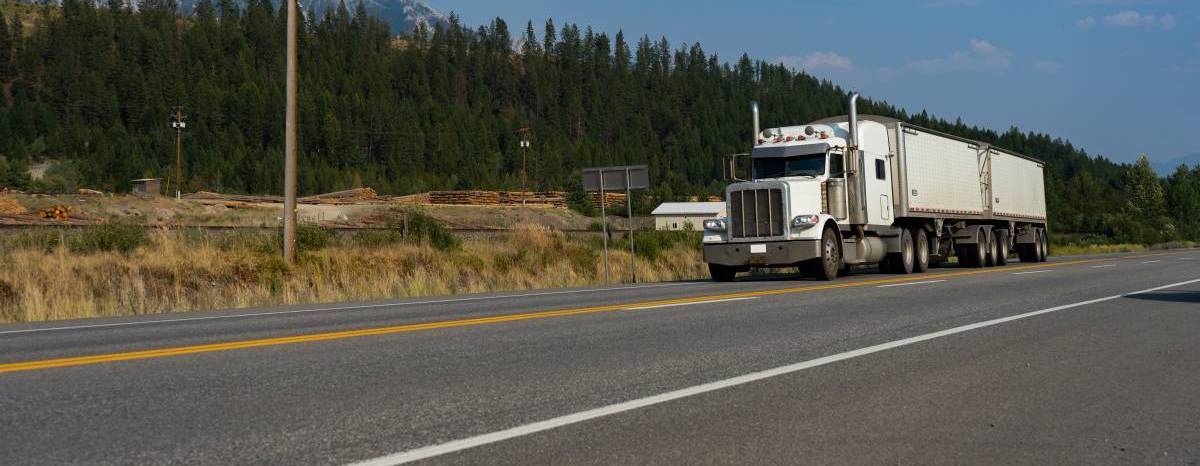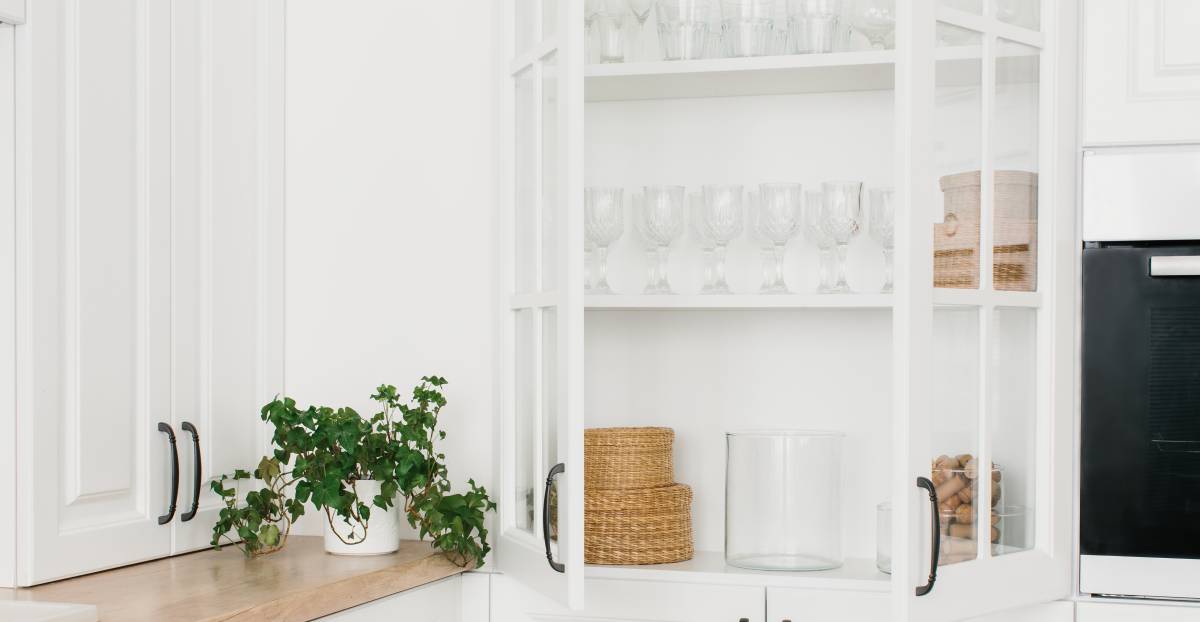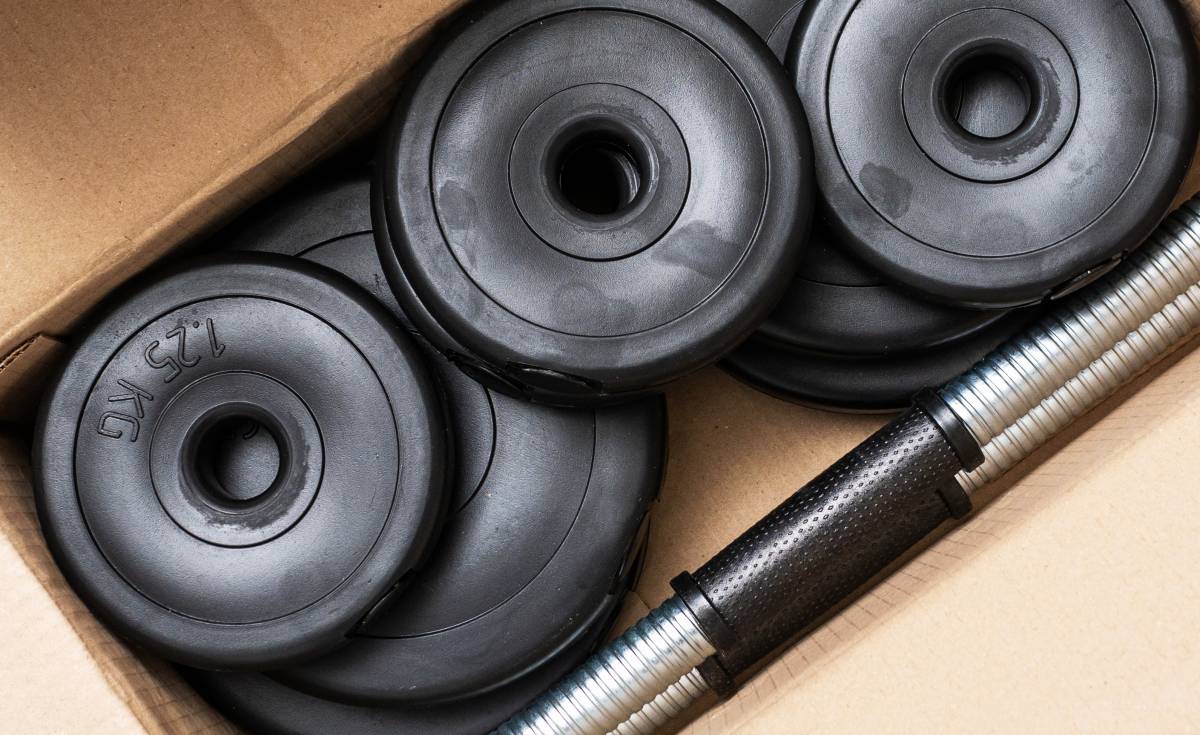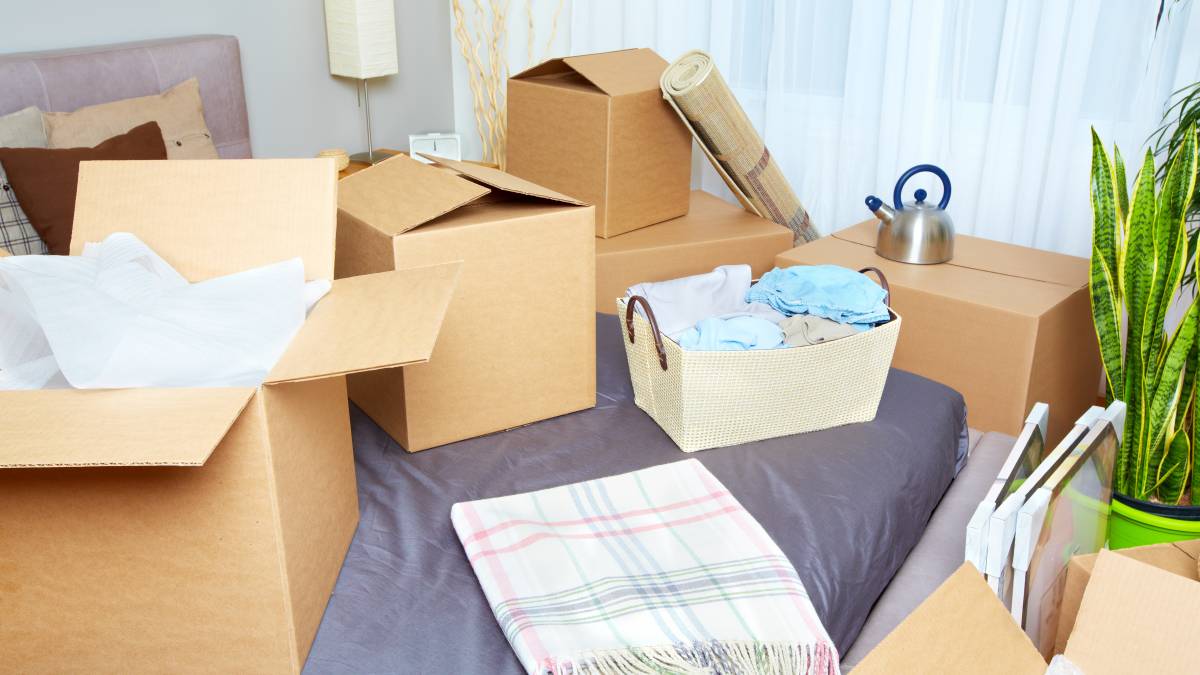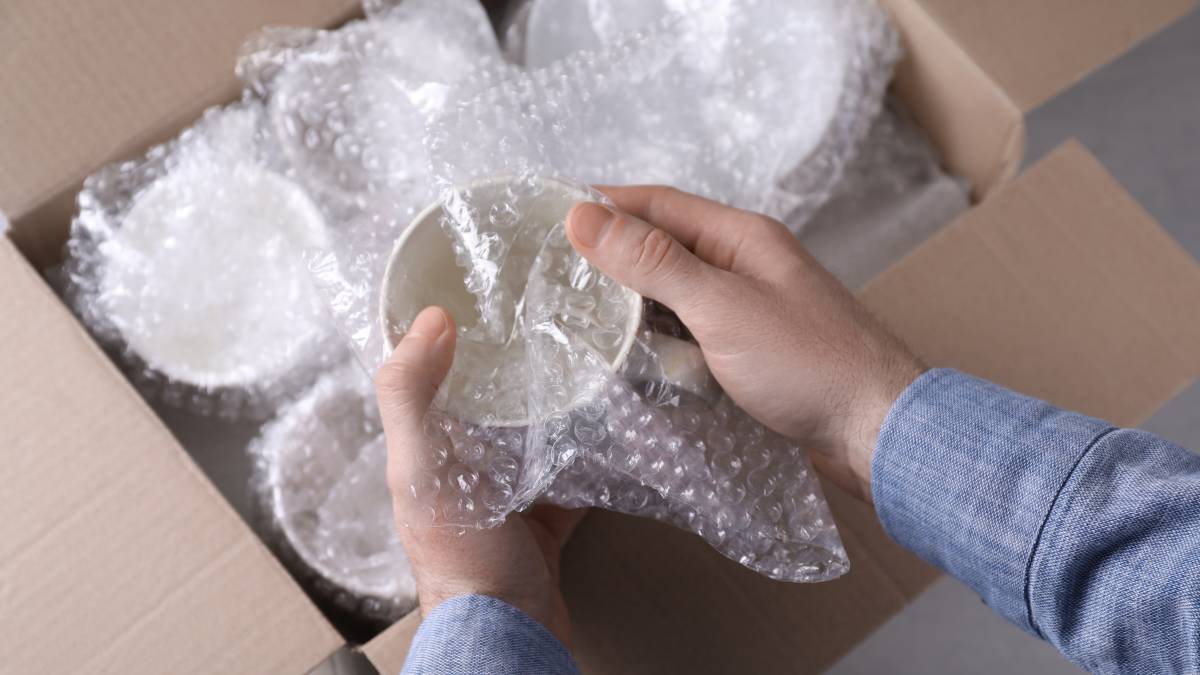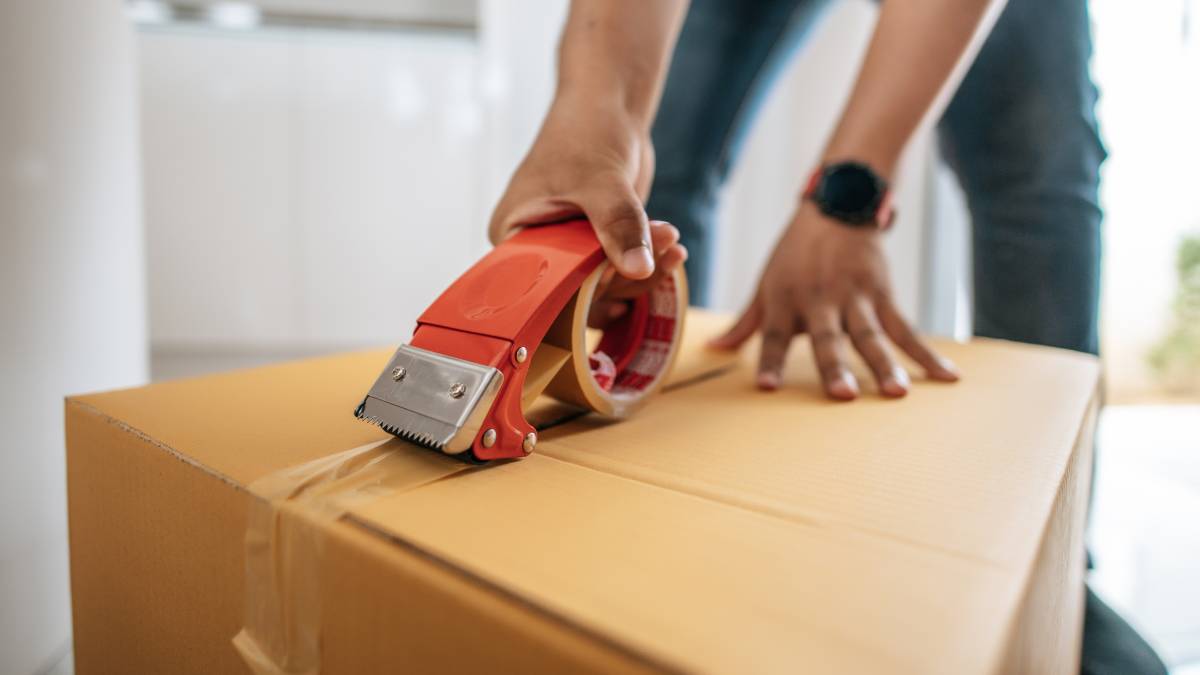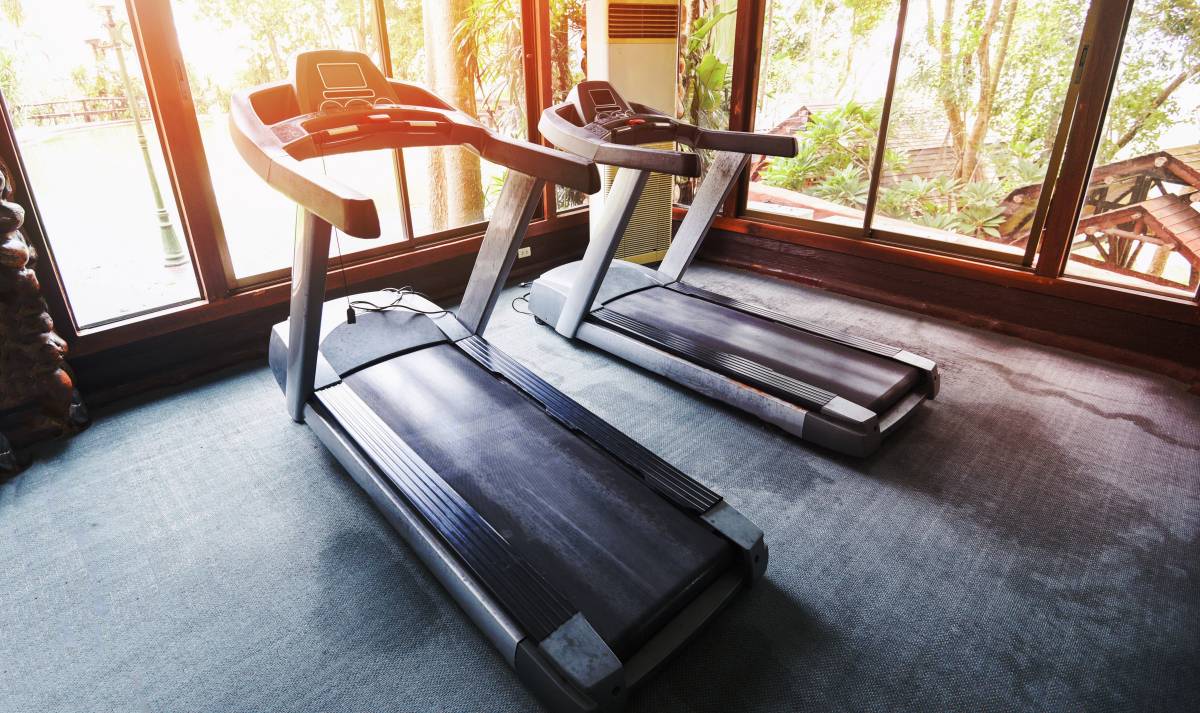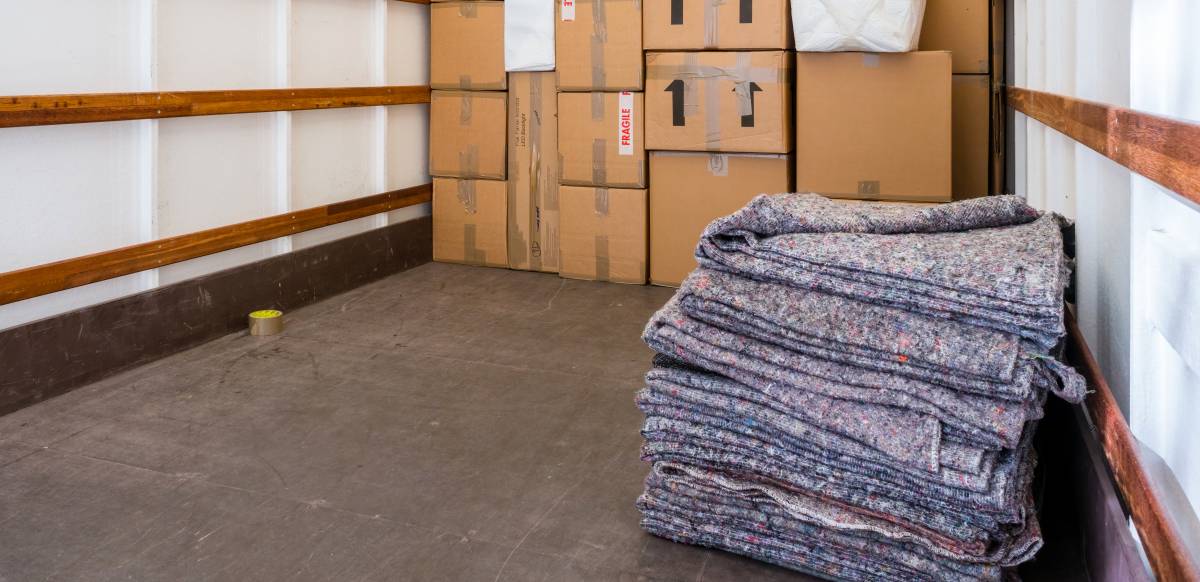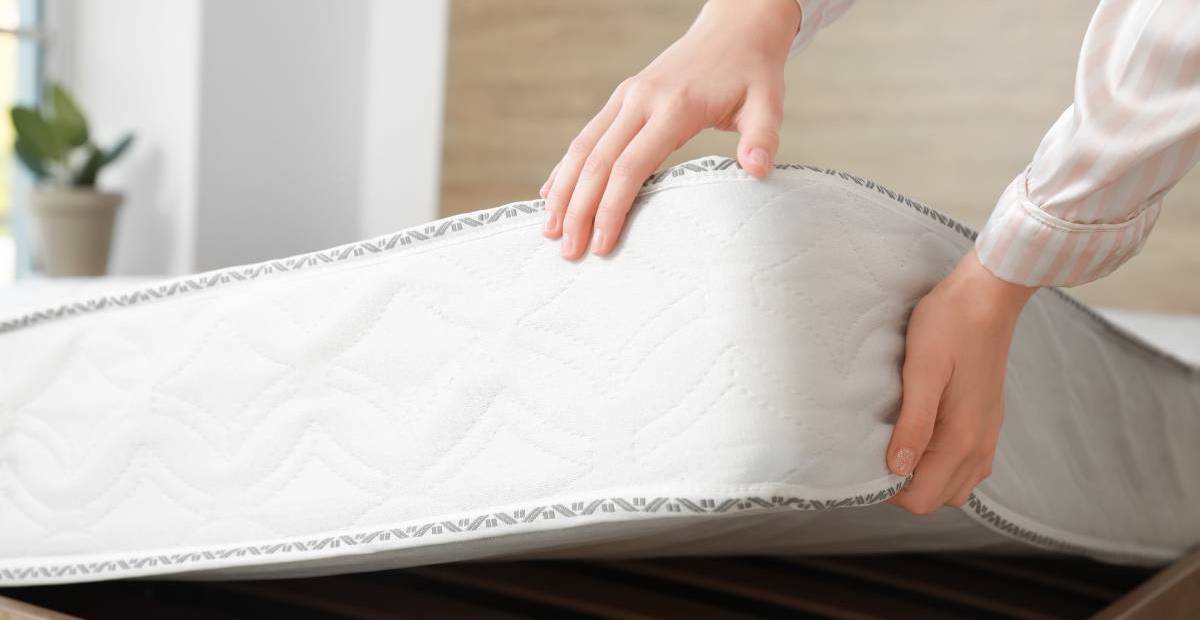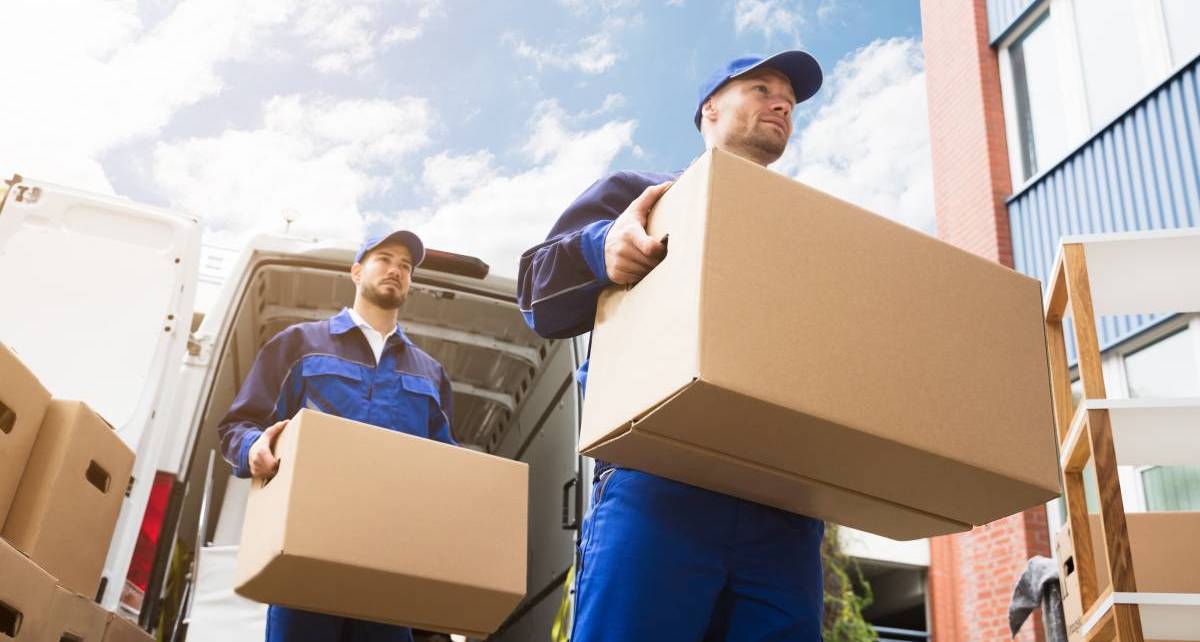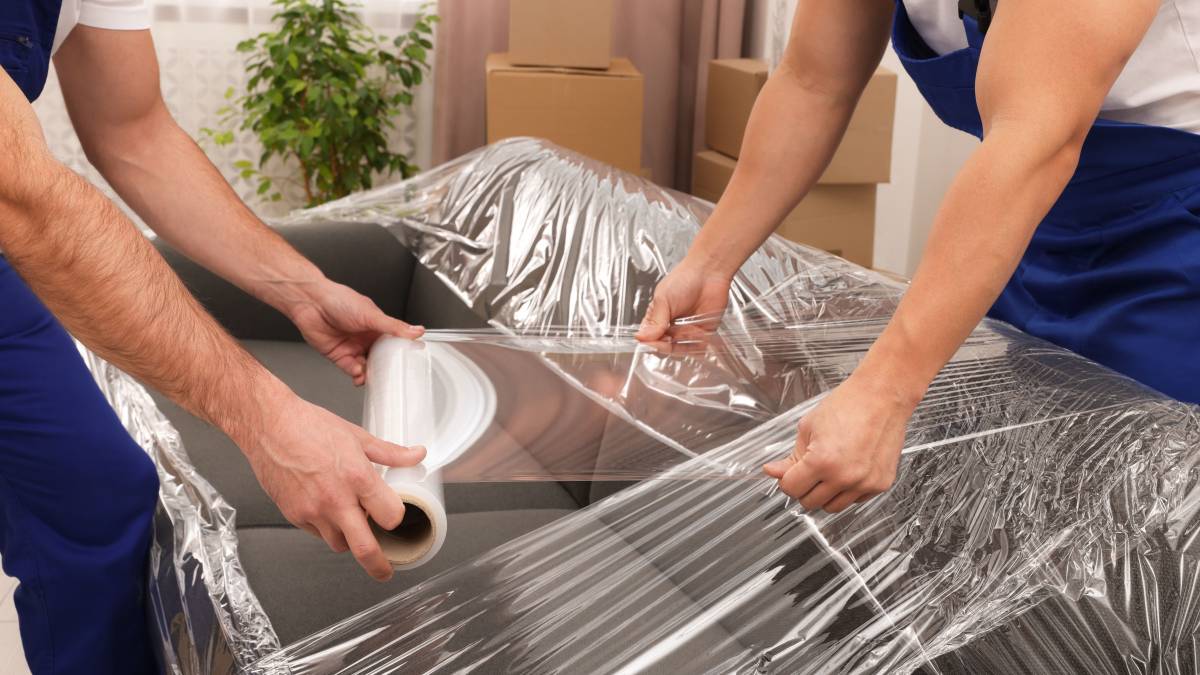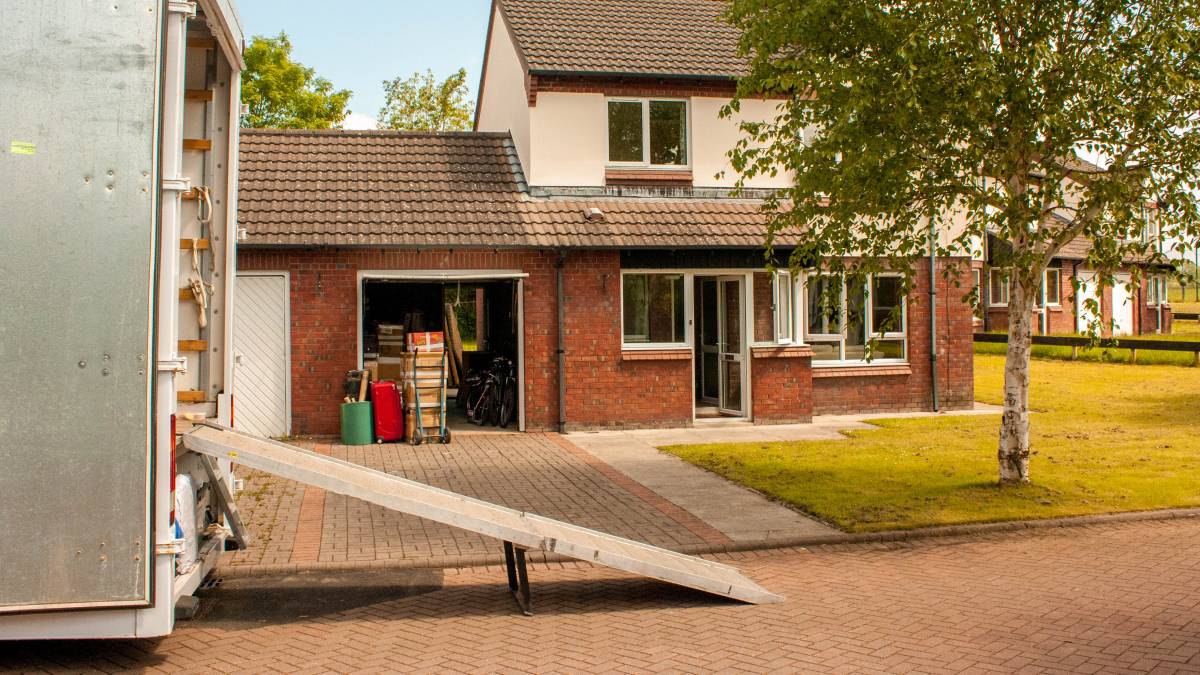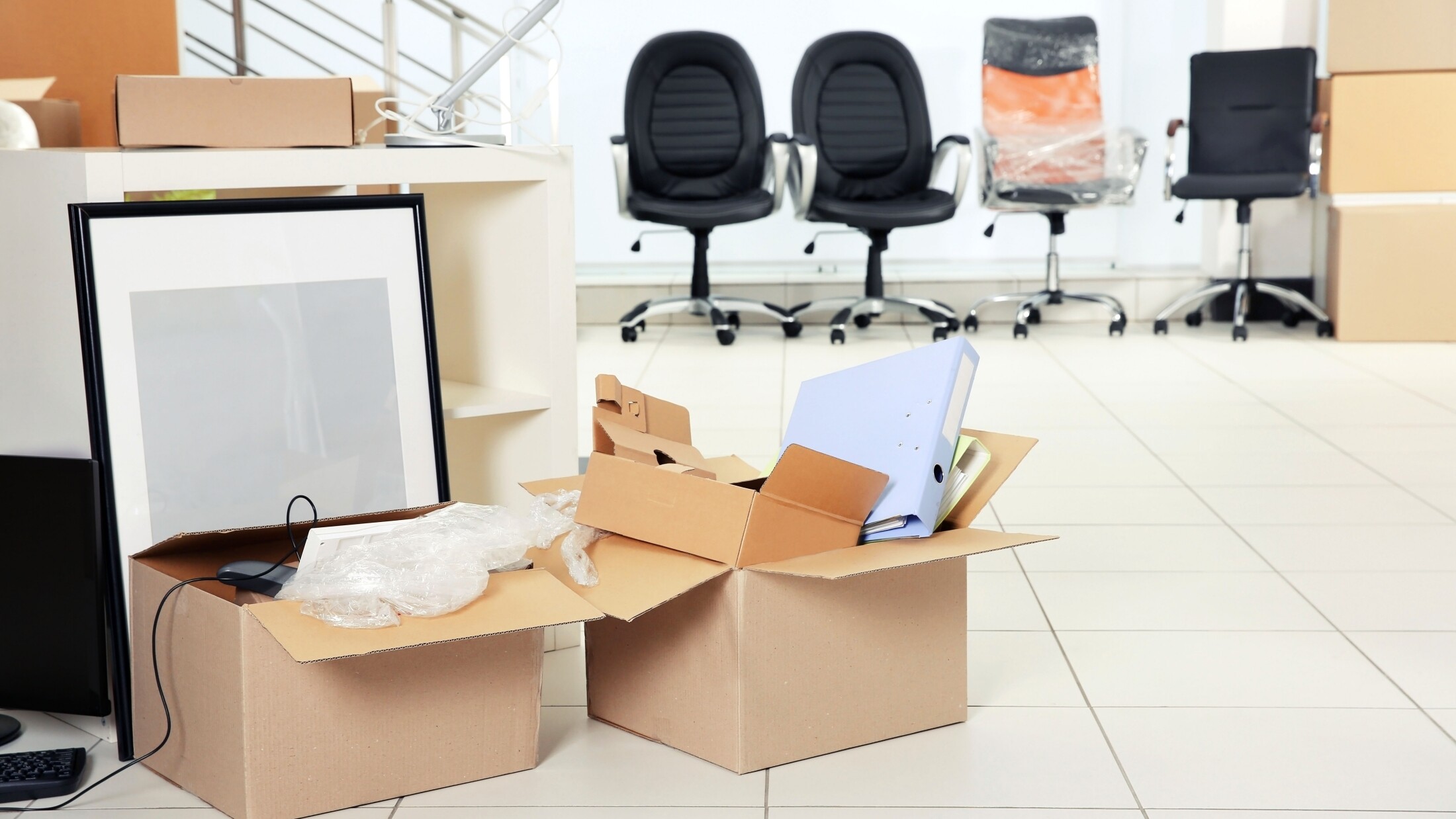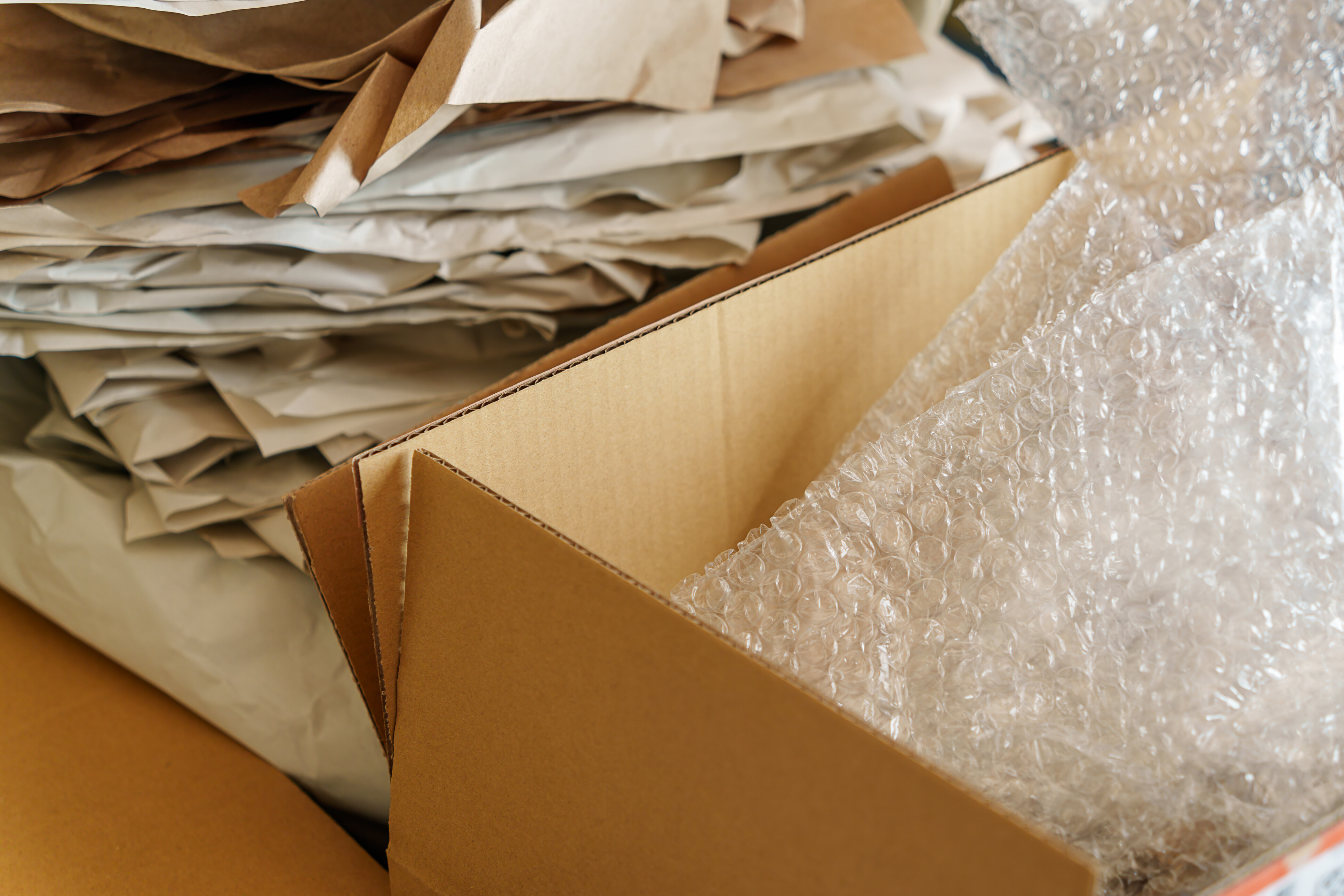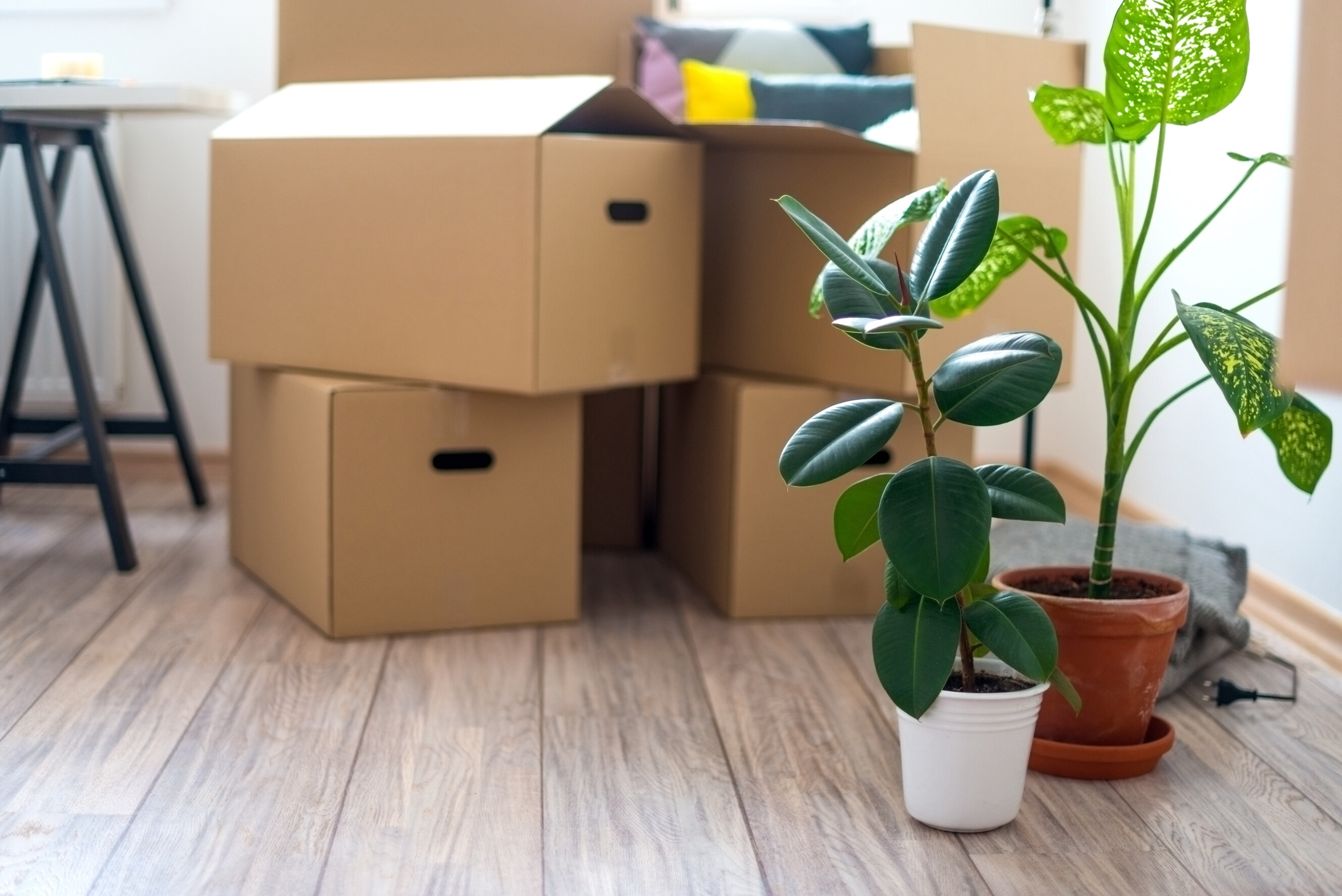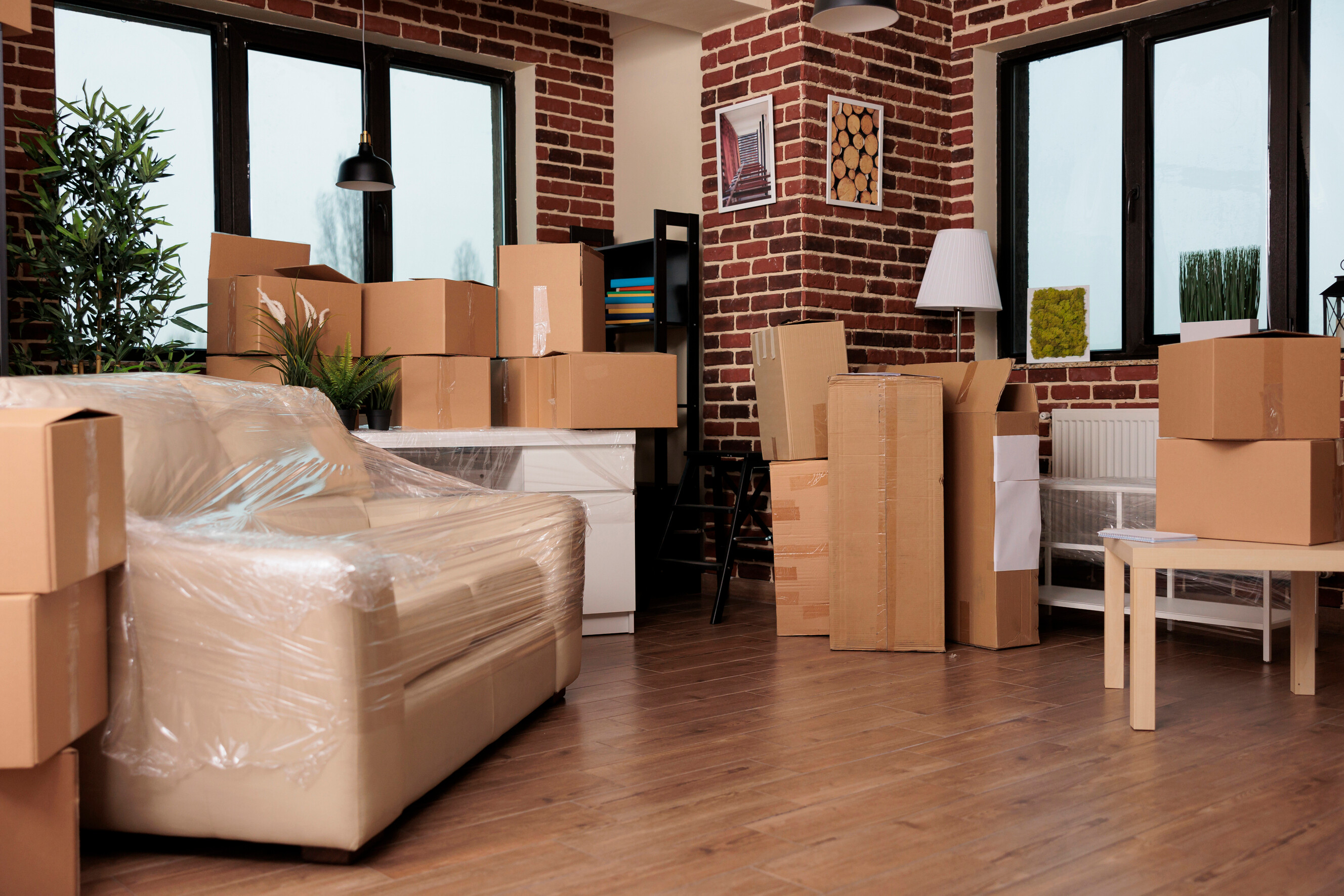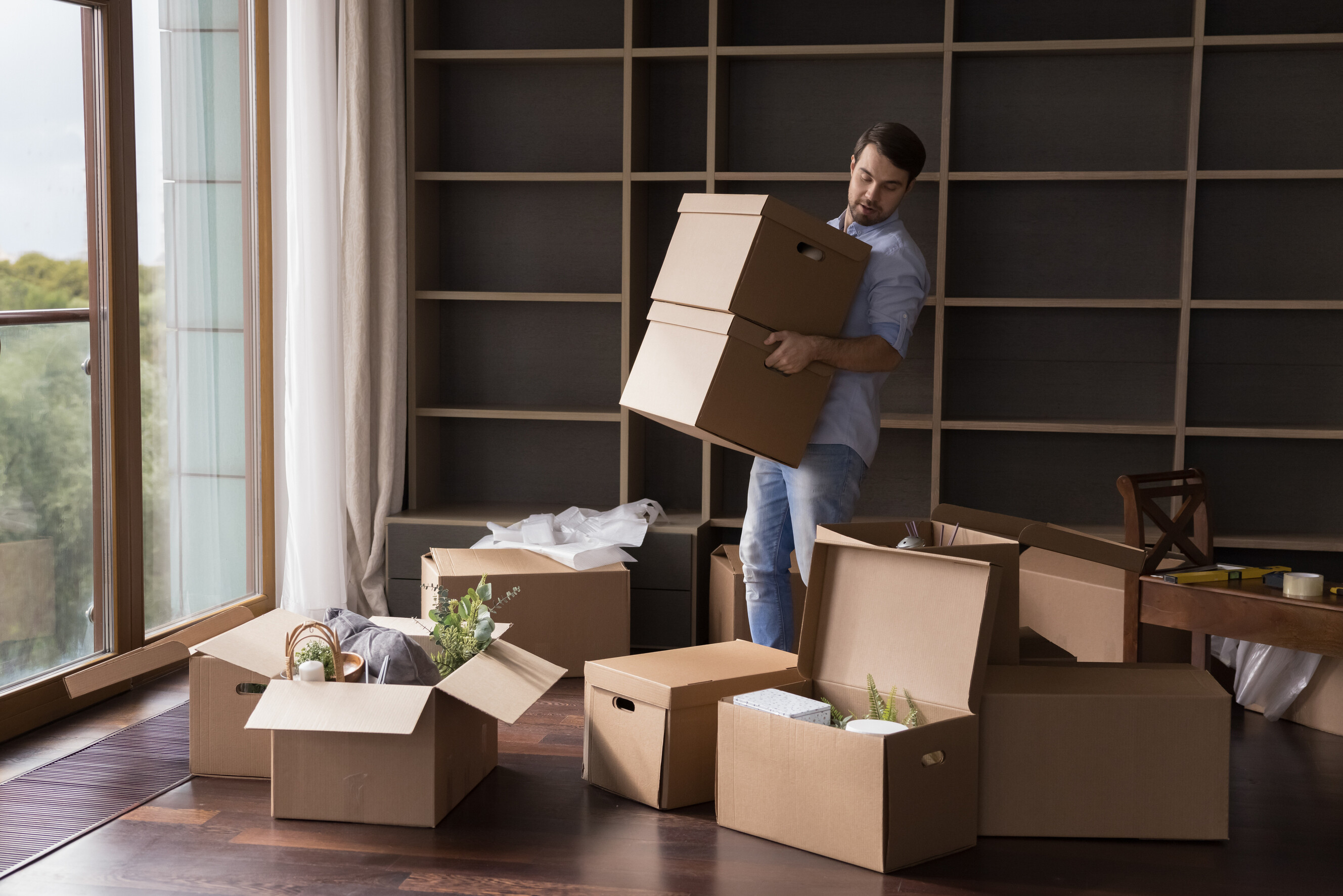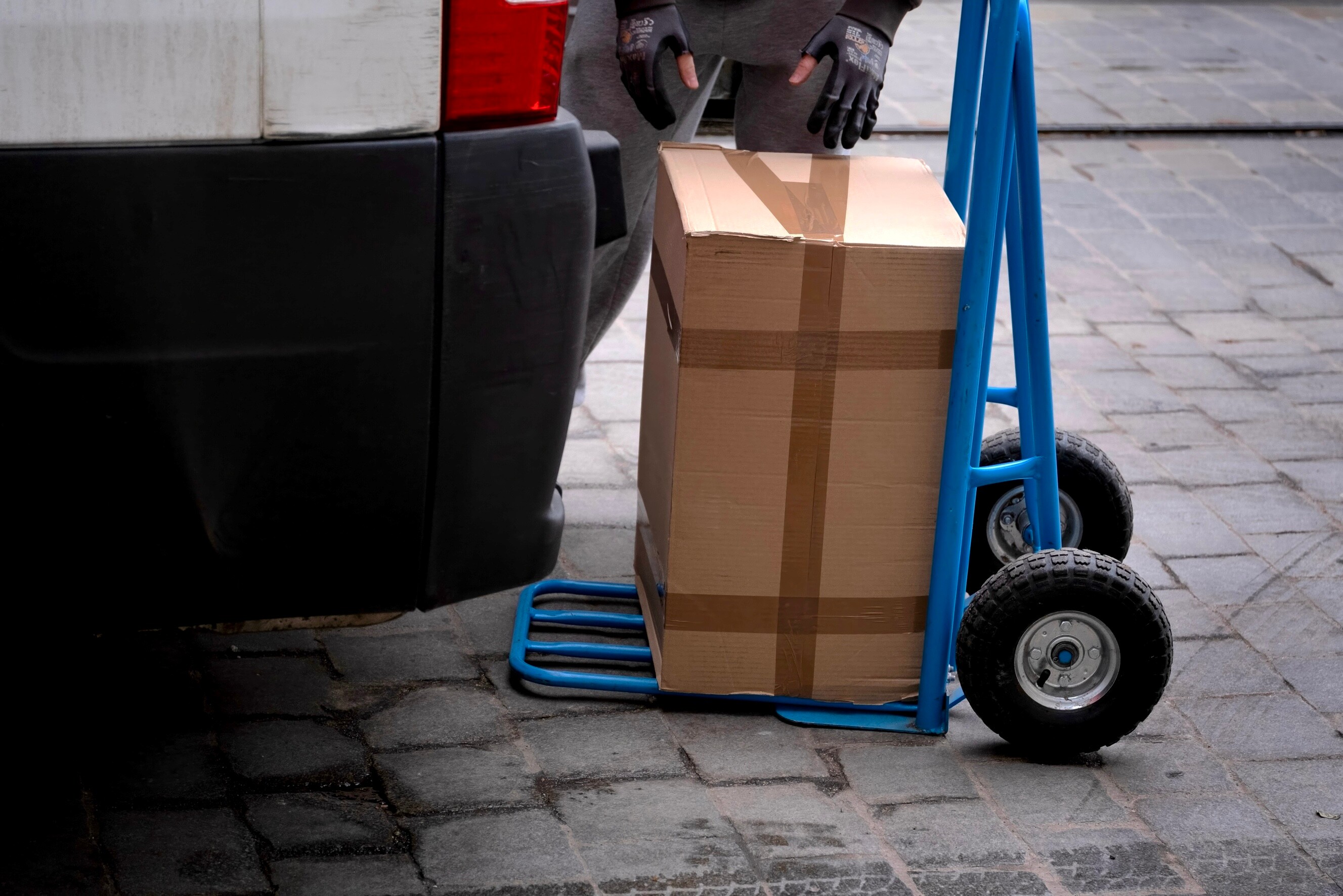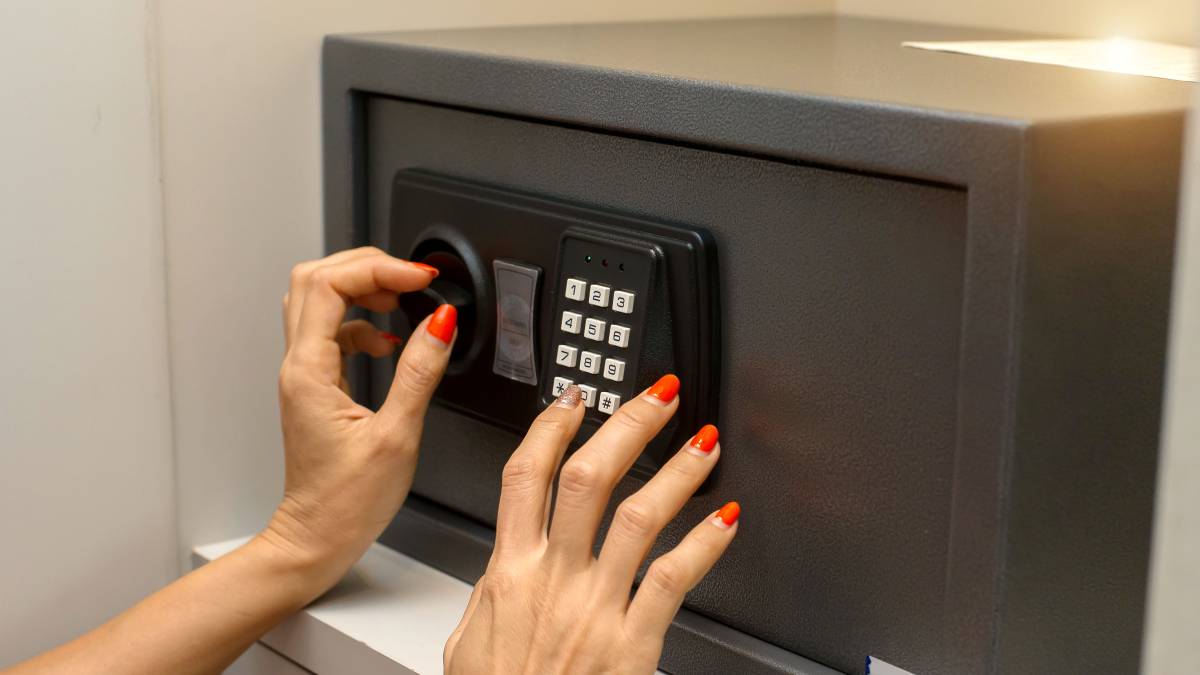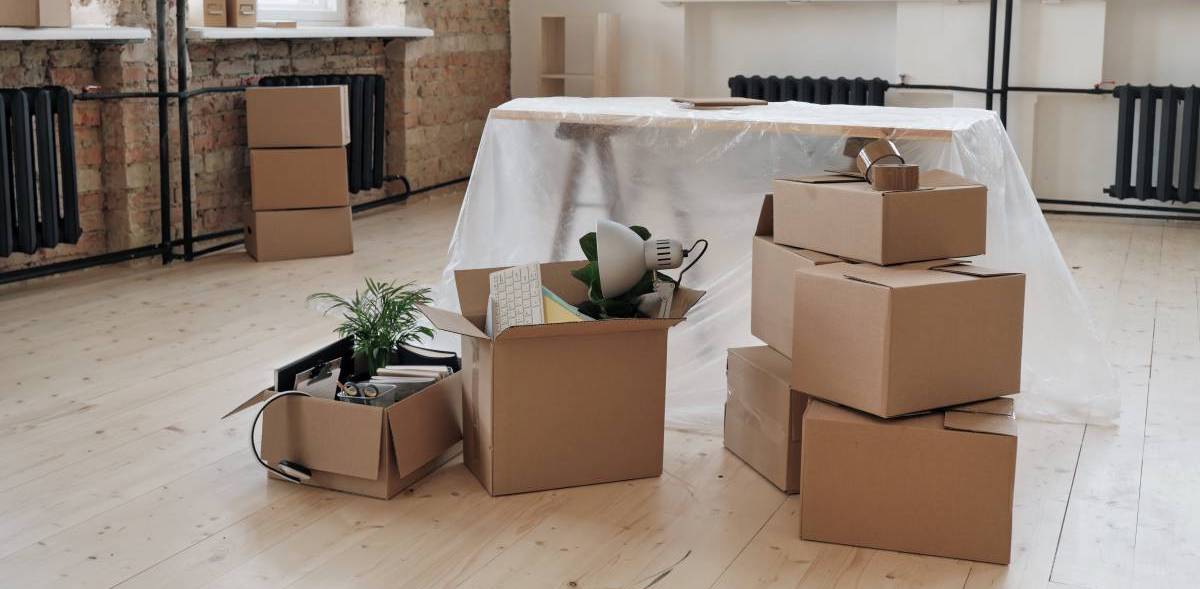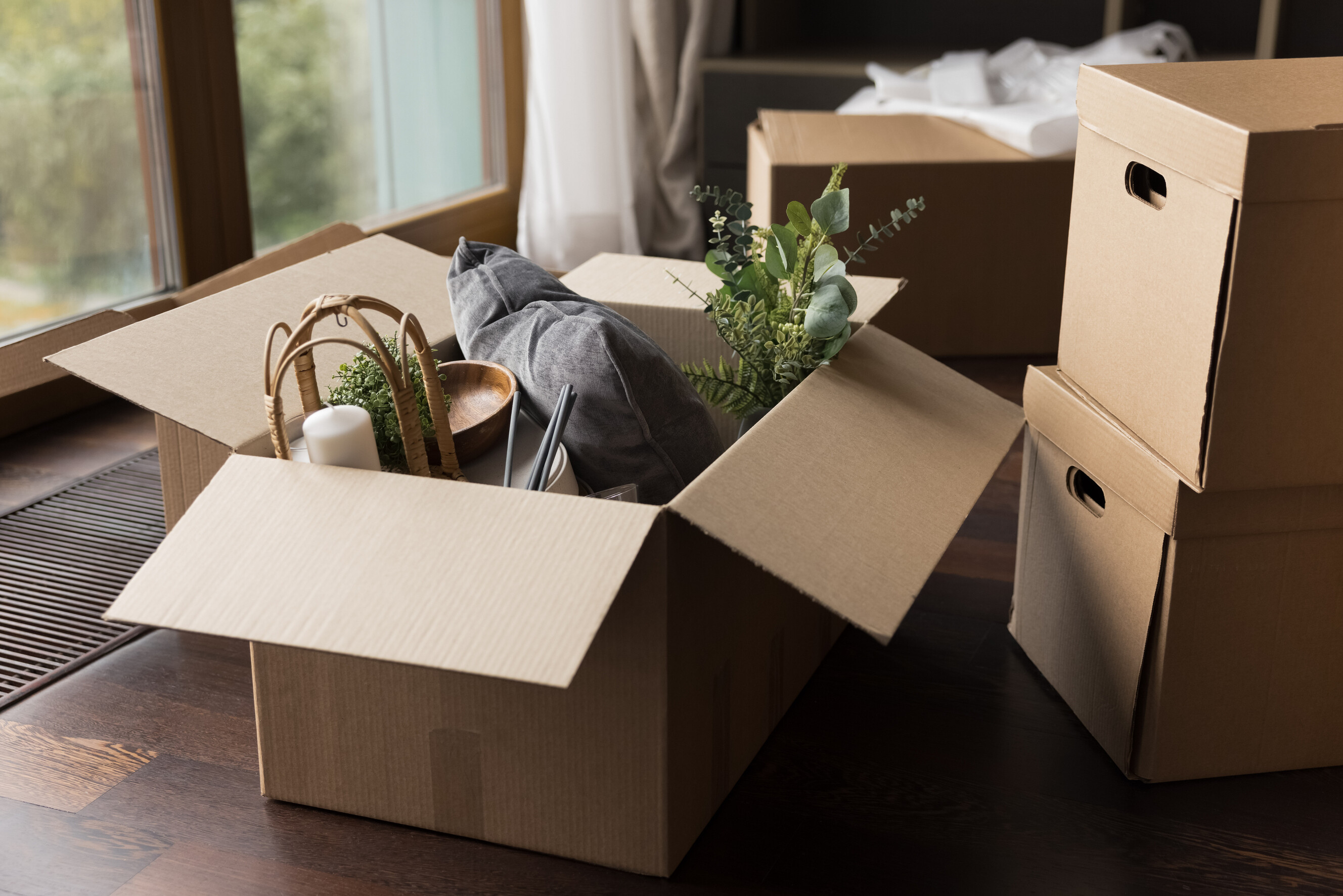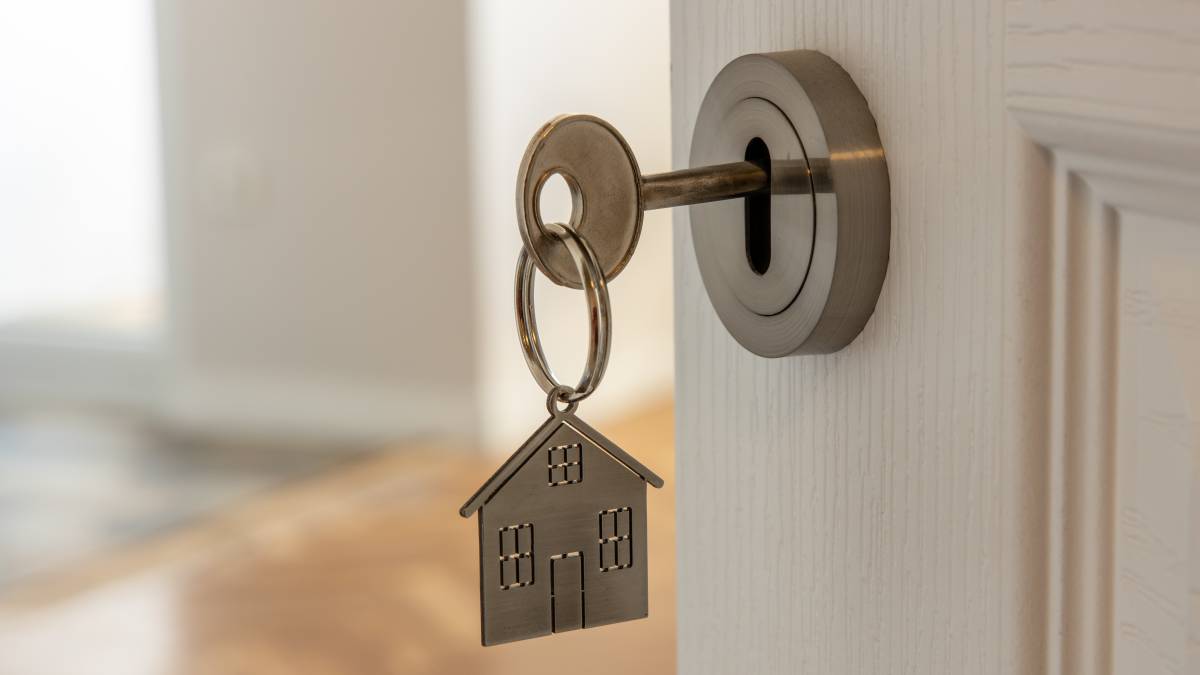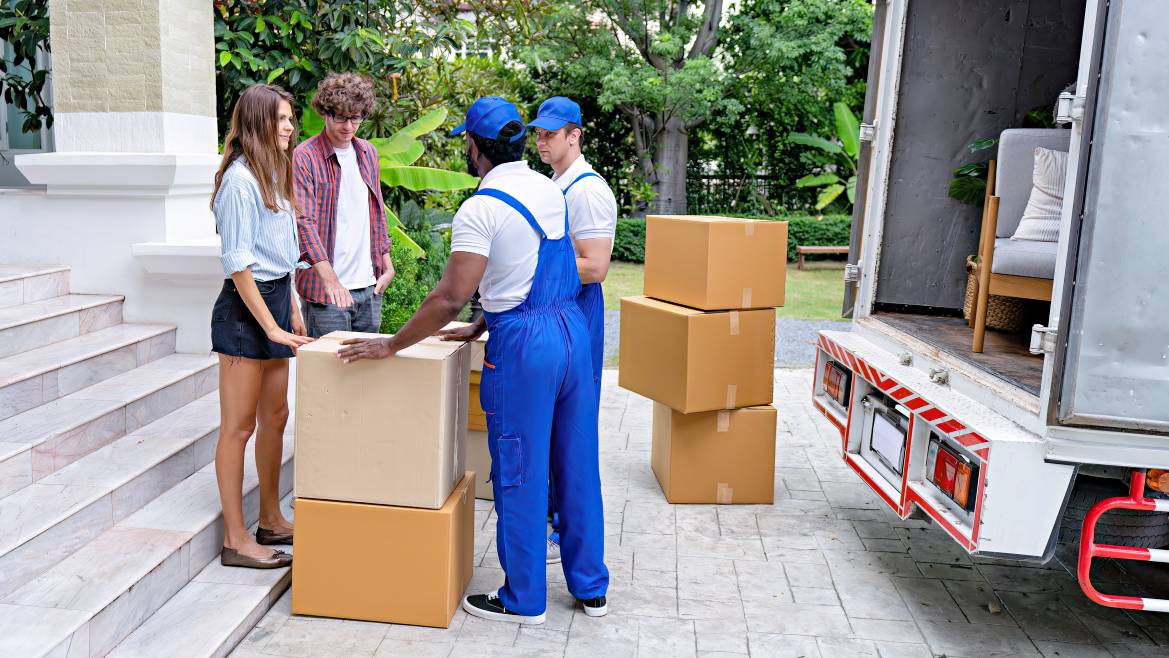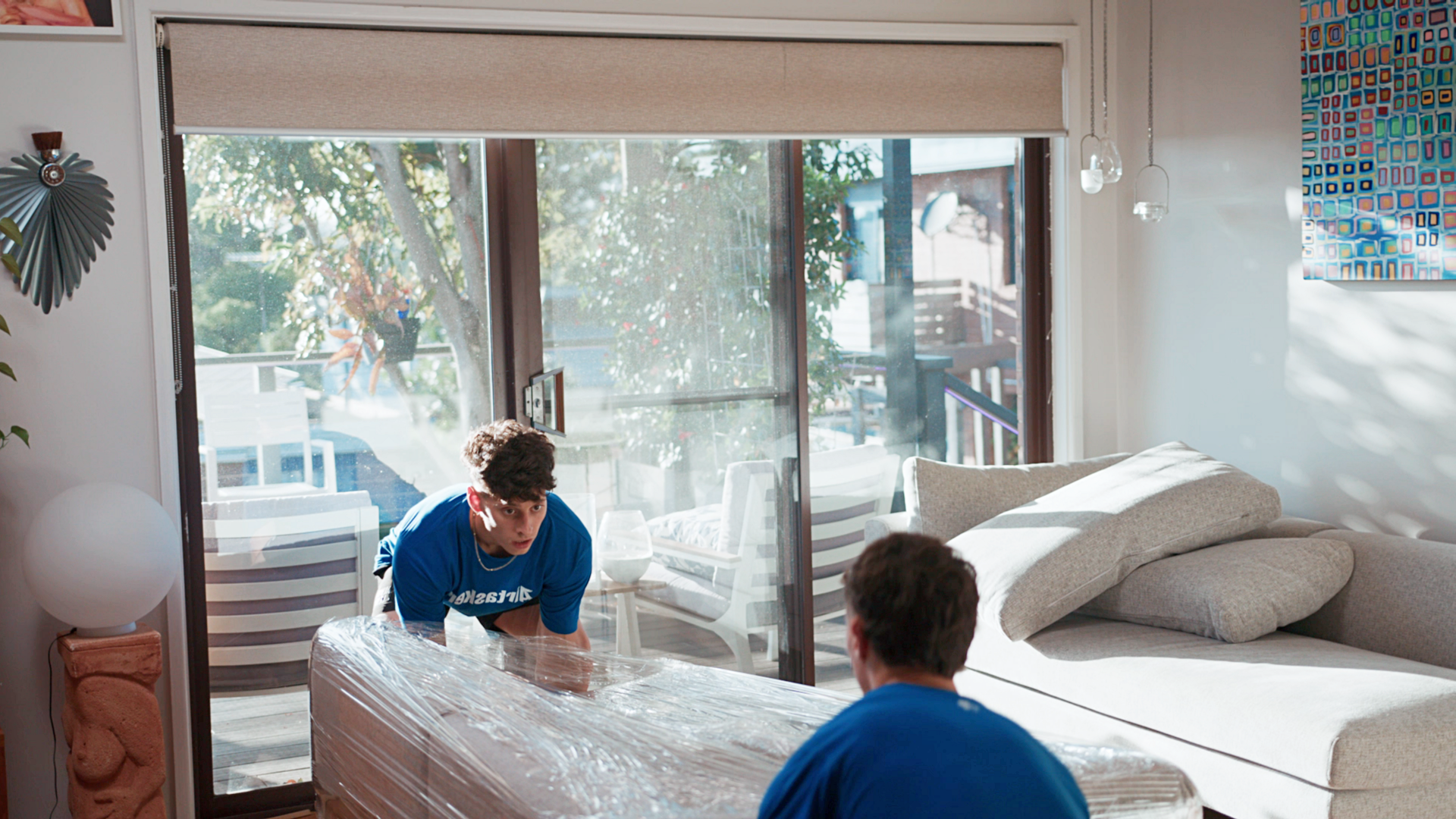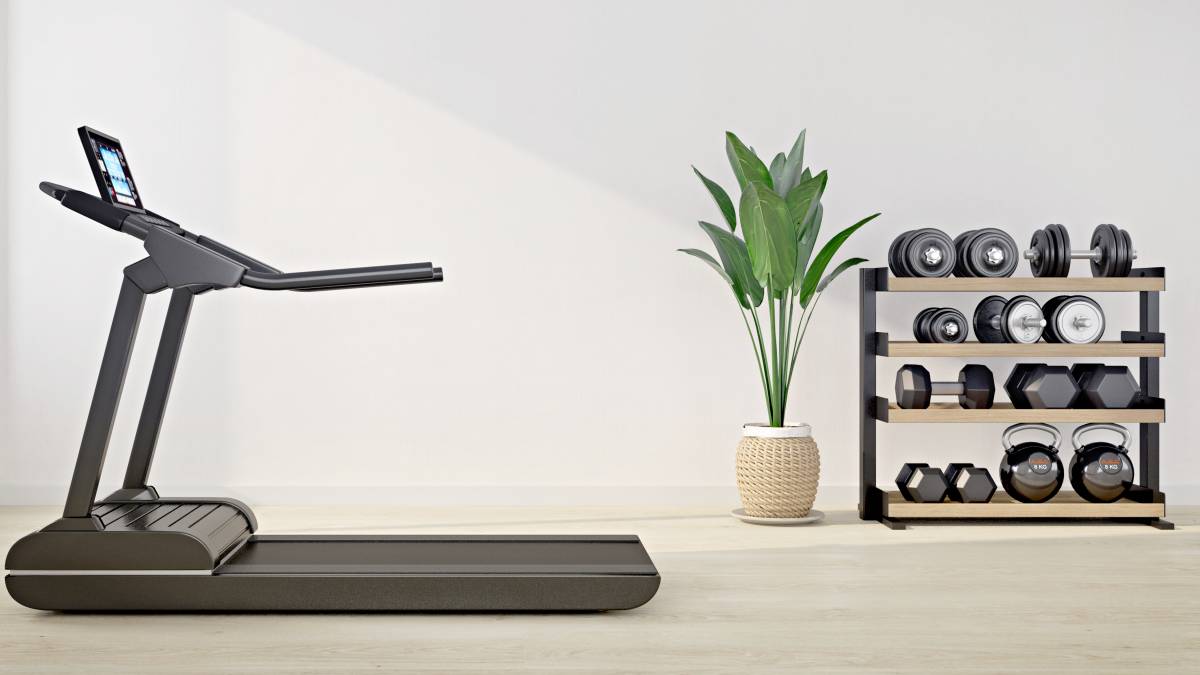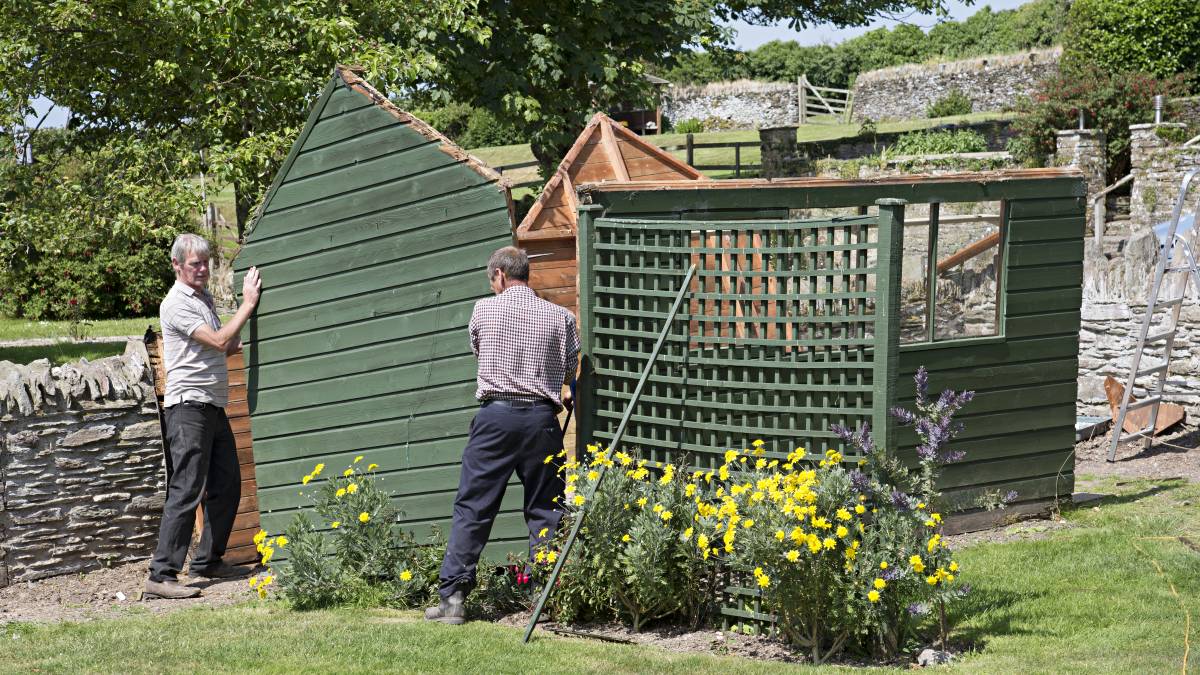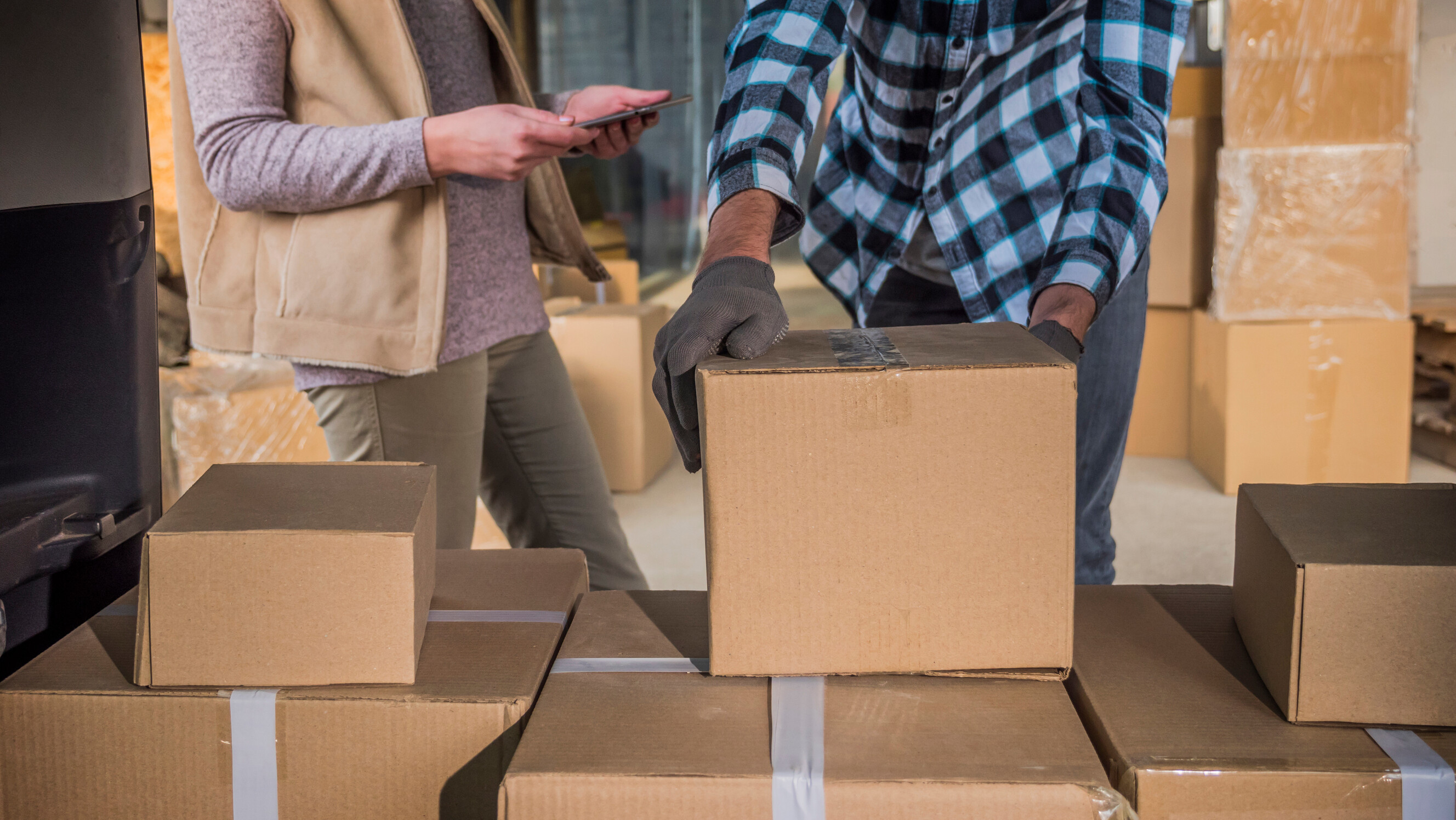
7 Most stressful moving tasks and how to overcome them
Your cheat sheet to a stress-free move
Hire a moverPublished on

Written by Maureen C.
Contributor
Read more about our contributor
Key Takeaways:
Moving house can be stressful because you have to declutter your belongings and let go of the memories attached to your home.
Preparing your moving checklist the night before helps you stay organized and ensures nothing important gets left behind.
Hiring a professional mover can help ease the stress of moving by taking care of much of the packing, lifting, and coordination.
Ask anyone on the street, and they’ll tell you that moving to a new place is never easy. With housing costs climbing across the US, many people find themselves facing significant relocations. So, it’s no surprise that moving stress is a common experience for many Americans.
Use this guide to understand the seven most stressful moving tasks and get tips on how to cope with the stress of moving to keep your anxieties at bay. From decluttering to booking trusted movers, you’ll find what you need below.
1. Decluttering and deciding what to keep
Decluttering is often the first and toughest hurdle when preparing for a move. Psychologists explain why it’s among the most stressful experiences: it forces you to face past purchases, sentimental heirlooms, and the overwhelming mountain of belongings collected over the years.
While decision fatigue is real and often paralyzing, there are ways to ease it. Remember that you’re bound to make new memories and positive experiences in your new home, so don’t be afraid to discard old stuff. If you’re struggling with sentimental items, try taking photos of them before parting ways so you can keep the memory without the clutter.
2. Budgeting and booking movers
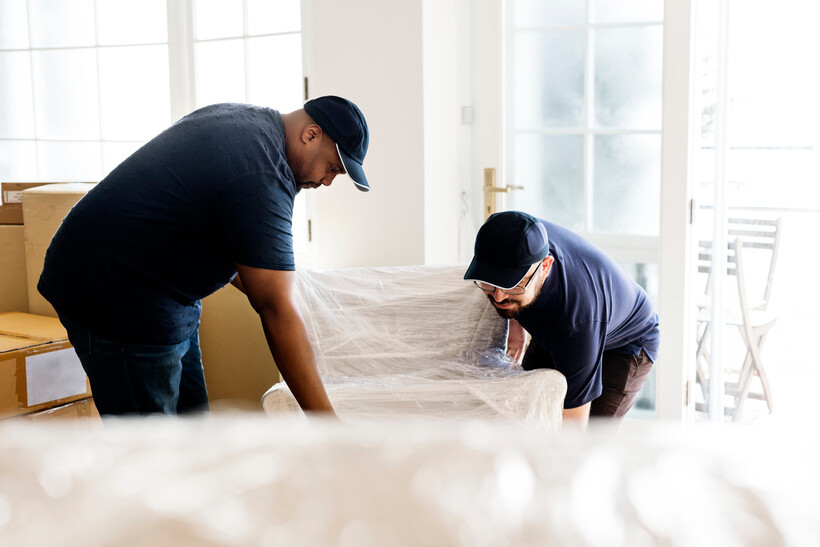 Expert movers safely and efficiently handling large furniture. (Source: iStock)
Expert movers safely and efficiently handling large furniture. (Source: iStock)
Few other things add to moving house stress, like trying to set a budget and lock in a dependable professional who fits your timeline and price range. If you’re one of the people who move from place to place, you probably know that moving costs are often unpredictable, as quotes fluctuate depending on the day or season.
Financial uncertainty can also build up anxiety, especially when you’re trying to juggle rising consumer costs while ensuring each item is carefully handled.
3. The actual day of loading and unloading
The actual moving day of loading and unloading puts a heavy physical and mental strain on anyone. You need to be strong enough to safely move all furniture and boxes from your old home to your new one. Using improper heavy lifting techniques can cause injuries, muscle strains, scratched walls, and damaged belongings.
There’s also the pressure to get everything done in a single day, especially if you’re managing a DIY move with a hired truck. The clock’s ticking, the truck rental has time limits, and the exhaustion builds quickly.
4. Transferring utilities and changing your address
 Transferring utilities online to a new address. (Source: iStock)
Transferring utilities online to a new address. (Source: iStock)
Next on your list of things to do when moving house is transferring your utilities and updating your address. Expect long phone waits, multiple websites to navigate, and the worry of arriving at your new home without essentials like electricity, water, or internet.
It’s a daunting process, which is why many people delay it. But putting it off can lead to unnecessary complications and extra stress. Set up mail forwarding early through the USPS Change of Address service, and make sure to update key records with your doctor, dentist, the DMV (for your license and vehicle registration), the IRS, and your local municipality for property taxes if needed.
5. Cleaning the old place
After managing endless moving tasks, cleaning your old home is probably the last thing you want to deal with. With most of your energy spent making sure everything goes smoothly at your new address, the thought of a thorough end-of-lease clean can feel downright exhausting. Plus, there’s the pressure to leave the property spotless to secure a full return of your deposit.
In most US rental agreements, you’re required to return the property in the same condition you received it, which often means a professional-standard clean. This includes carpets, walls, windows, appliances like ovens and refrigerators, and even the grout between bathroom tiles.
6. Unpacking and setting up
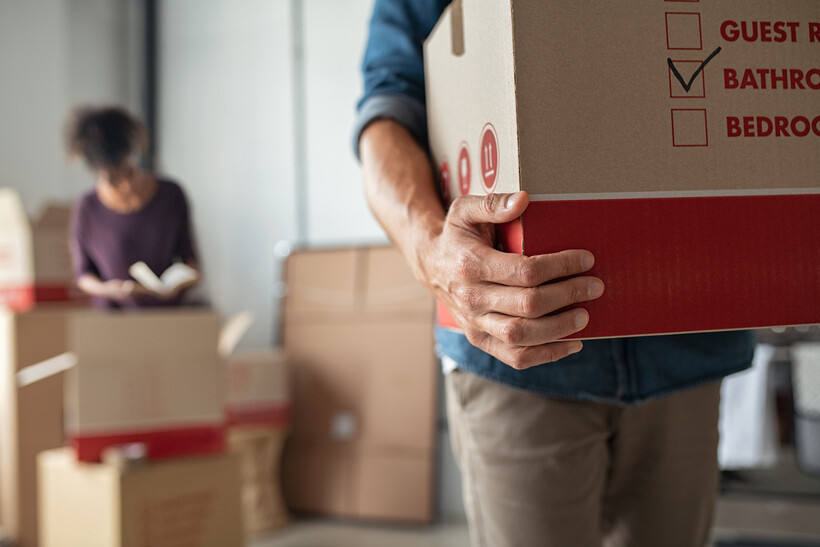 Unpacking boxes and organizing items in a new space. (Source: iStock)
Unpacking boxes and organizing items in a new space. (Source: iStock)
Unpacking and setting up your new home is also among the top life stressors. You’re surrounded by a pile of boxes, with everything still wrapped up and nowhere fully sorted. Finding essentials can quickly become a real headache, so you might put off unpacking. But when days turn into weeks, something has to change if you want to finally relax.
Remember, settling in takes time. It’s completely normal if your new house doesn’t feel like home right away, so try not to be too hard on yourself if progress is slow.
7. Moving with kids and pets
Managing children and pets while moving home adds an extra layer of stress because their routines get disrupted, which can make them anxious or unsettled. Your kids may become clingy, especially if changing schools, while pets may hide or act out due to their new surroundings.
All these signs require constant attention when you have none to give, and can potentially lead to a sense of loss of control and relocation depression, according to research.
Make your move simple by hiring experts
Moving house is one of the most stressful life events many Americans face, often taking a toll on both physical and mental health. But did you know? By spotting the stress points and taking action, you’ve already taken a big step toward making it all easier!
Make your move even simpler and minimize moving stress by hiring trusted pro movers on Airtasker. Whether you’re preparing for a short or long-distance move, you can find Taskers near you who fit your budget and schedule.
Learn more about our contributors

Written by Maureen C.
Contributor
Maureen C. is a writer with a passion for crafting clear, meaningful content. With a degree in English Literature and experience writing for lifestyle and educational platforms, she brings a thoughtful approach to topics such as home safety and improvement, logistics, and eLearning. Outside of writing, she enjoys reading and walking her dogs.
FAQs on moving stress
Yes. Moving anxiety is completely normal as this transition period involves a lot of change and uncertainty, which can affect your physical and mental state. Moving a house also triggers other symptoms, like fatigue and difficulty sleeping. A good way to manage moving anxiety is to open up to and rely on your friends and family for emotional support.
Moving is a major source of anxiety for many Americans because it disrupts familiar routines and brings significant change. The physical demands of packing, organizing, and relocating, combined with the financial pressures involved, only add to the emotional stress.
To stop moving anxiety, you can plan early and break the process into manageable steps so you don’t feel overwhelmed. Begin by creating a detailed moving plan with timelines and checklists, and tackle tasks gradually, such as packing one box at a time or organizing one room a week.
Adjusting to a move can take anywhere from a few weeks to several months. This will depend on factors like the new environment, routine, and social connections. For some, it may only take a few weeks to settle in, but for others, it could take one to two years to really feel at home in their new area.
Find local movers, fast
Find a local mover
Related articles

A guide to becoming a mover
Read more

How much do movers make?
Read more

Tips for moving house with kids
Read more
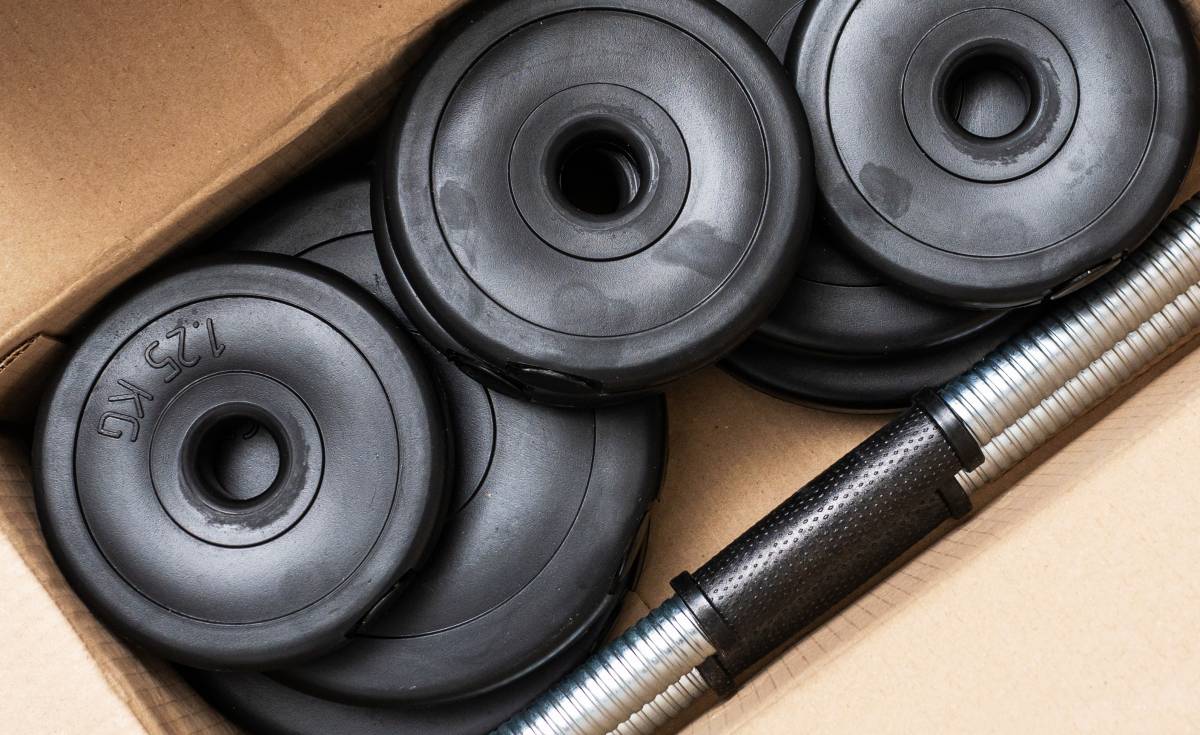
How to move gym equipment safely
Read more
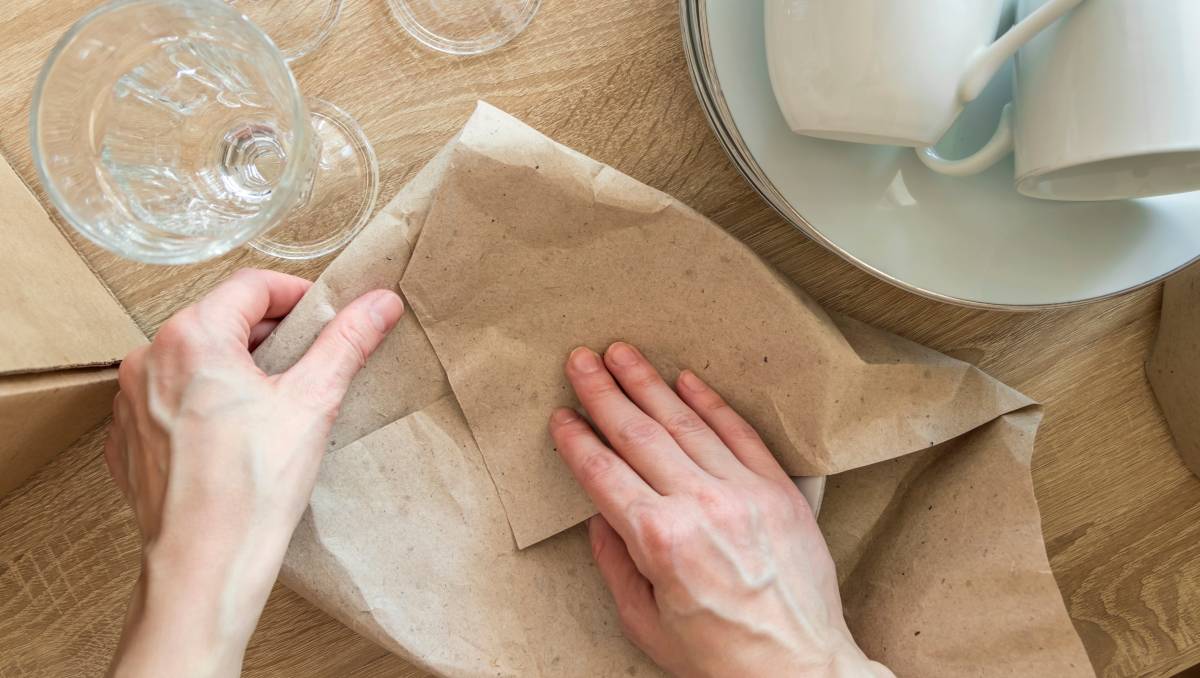
How to pack kitchen items
Read more

How to pack artwork for moving
Read more

How to pack books for moving
Read more
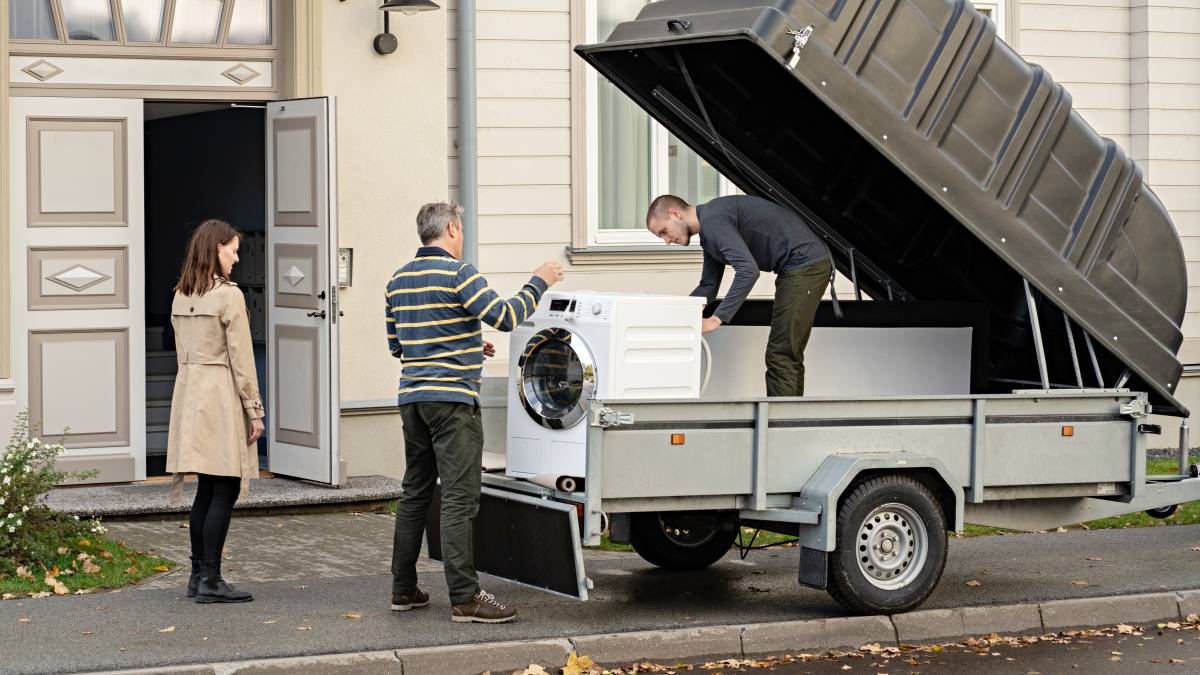
How to move a washing machine
Read more

How to move a pool table
Read more
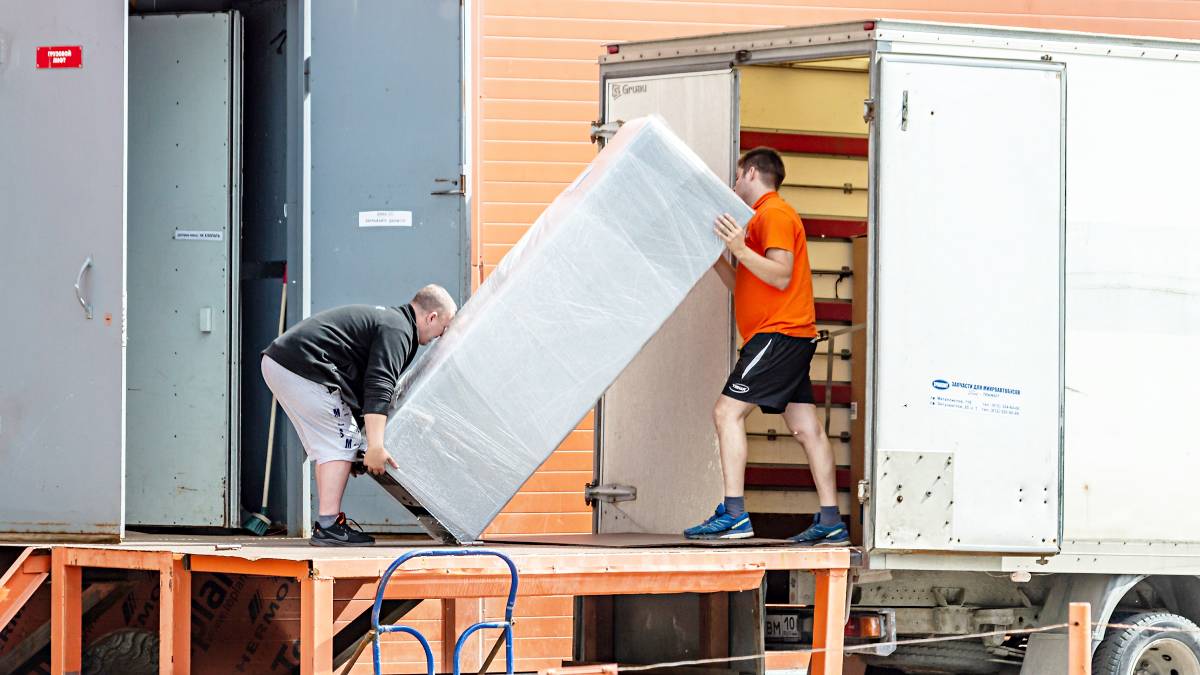
How to move a refrigerator
Read more

How to pack bedding for moving
Read more

How to move a pinball machine
Read more
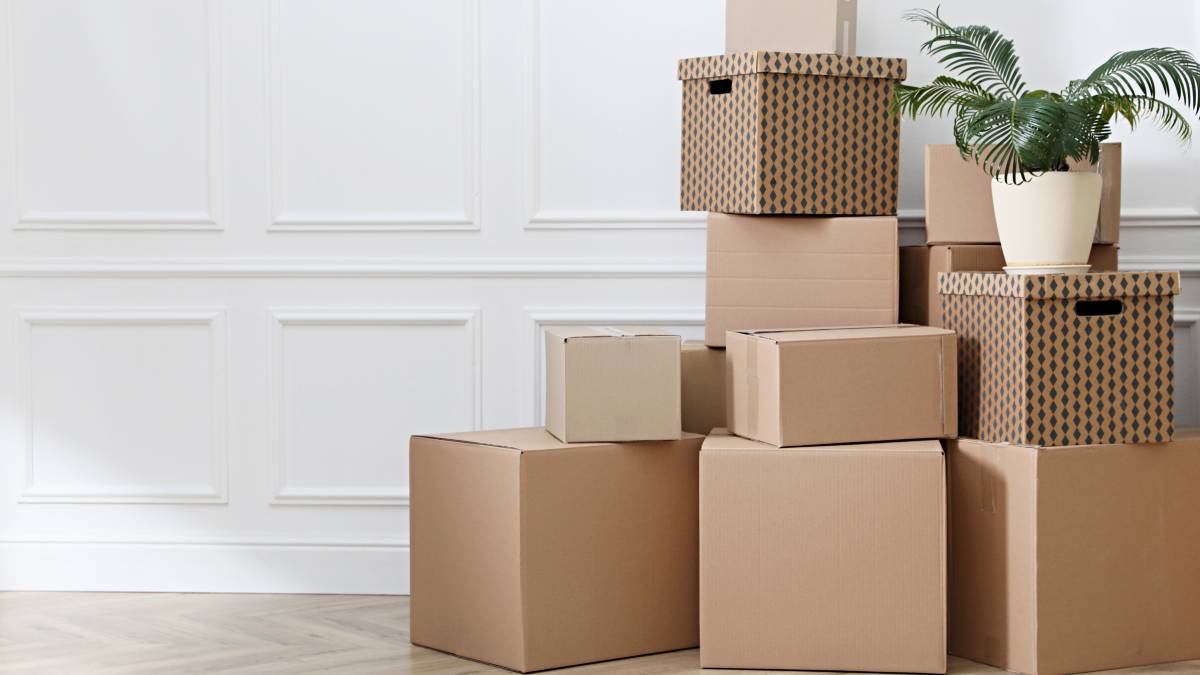
Where to get moving boxes for free
Read more
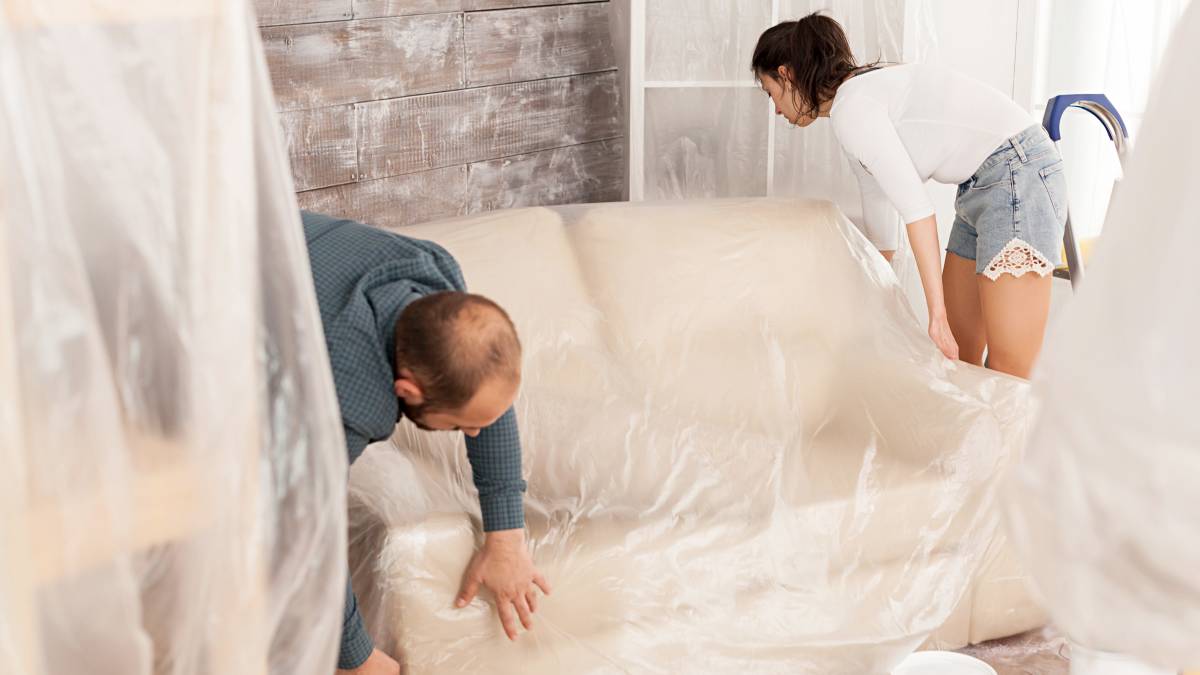
How to wrap furniture for moving
Read more
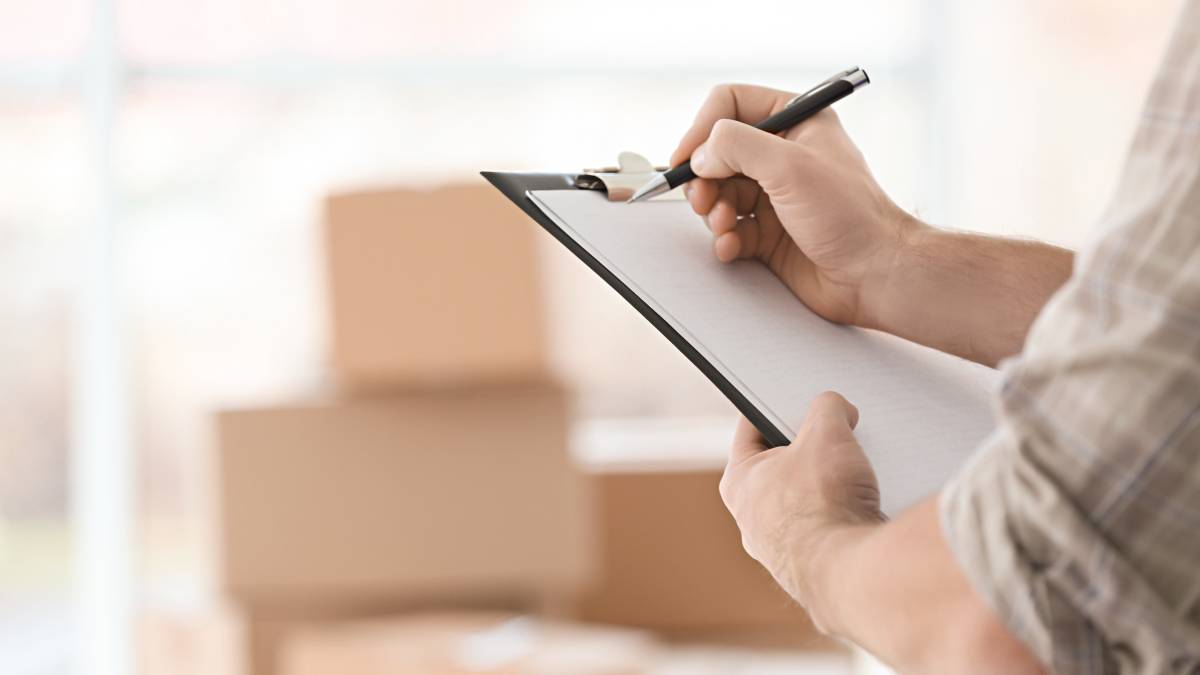
What movers won’t move
Read more

The ultimate packing and moving list
Read more

Moving interstate checklist
Read more

Moving out of state checklist
Read more
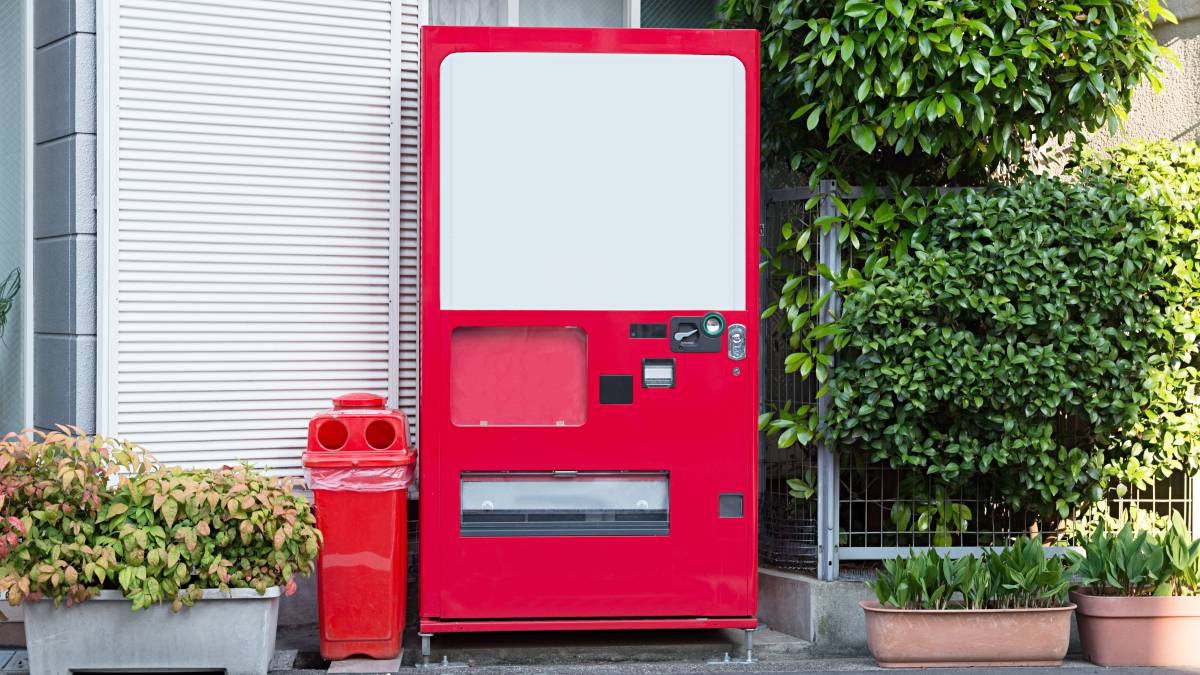
How to move a vending machine
Read more
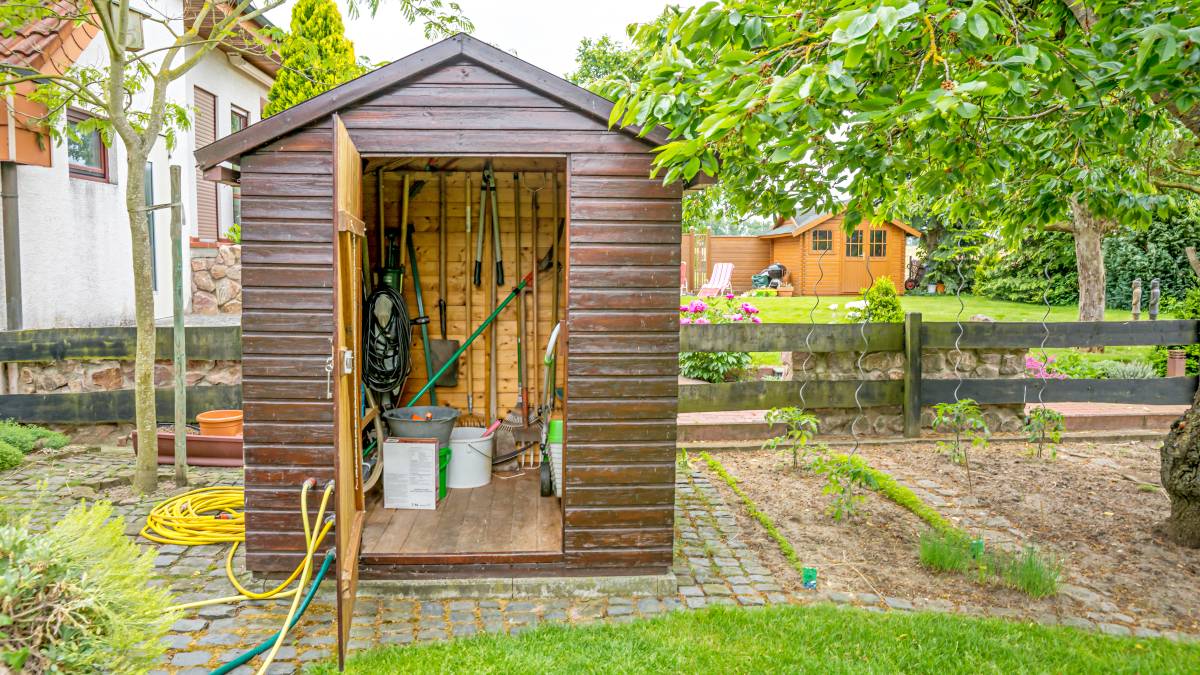
How to move a shed
Read more
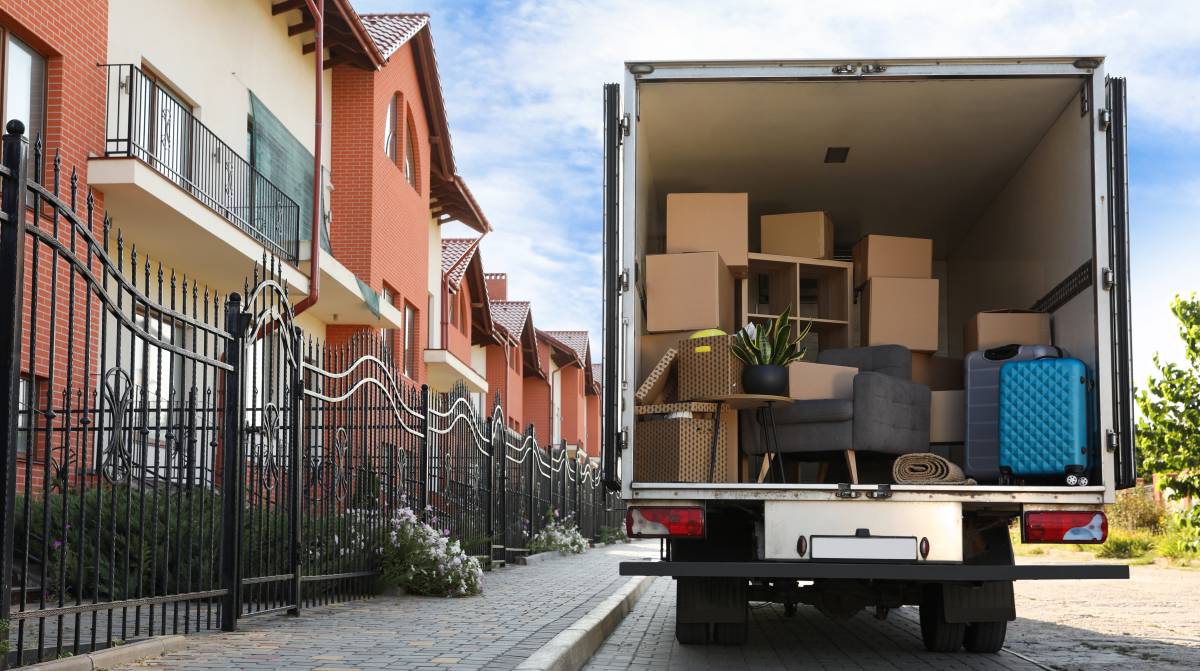
How to pack a moving truck
Read more
Related price guides
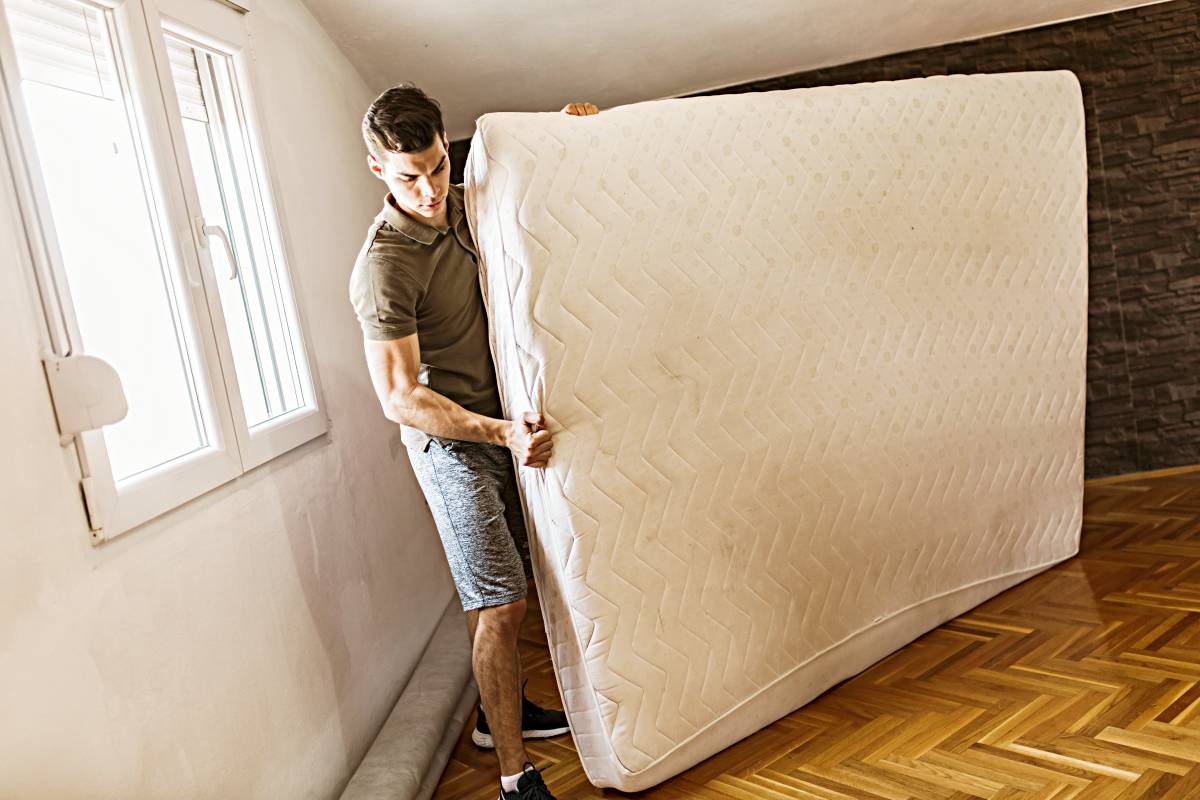
How much does mattress removal cost?
Read more
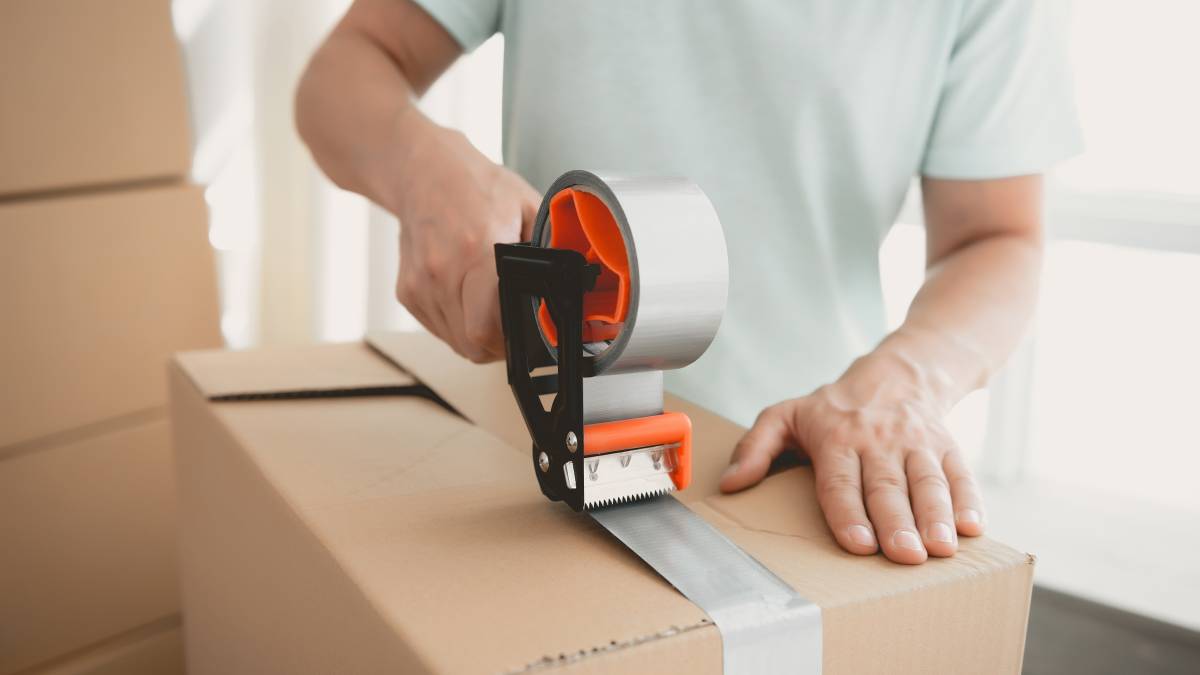
How much do packers cost?
Read more

